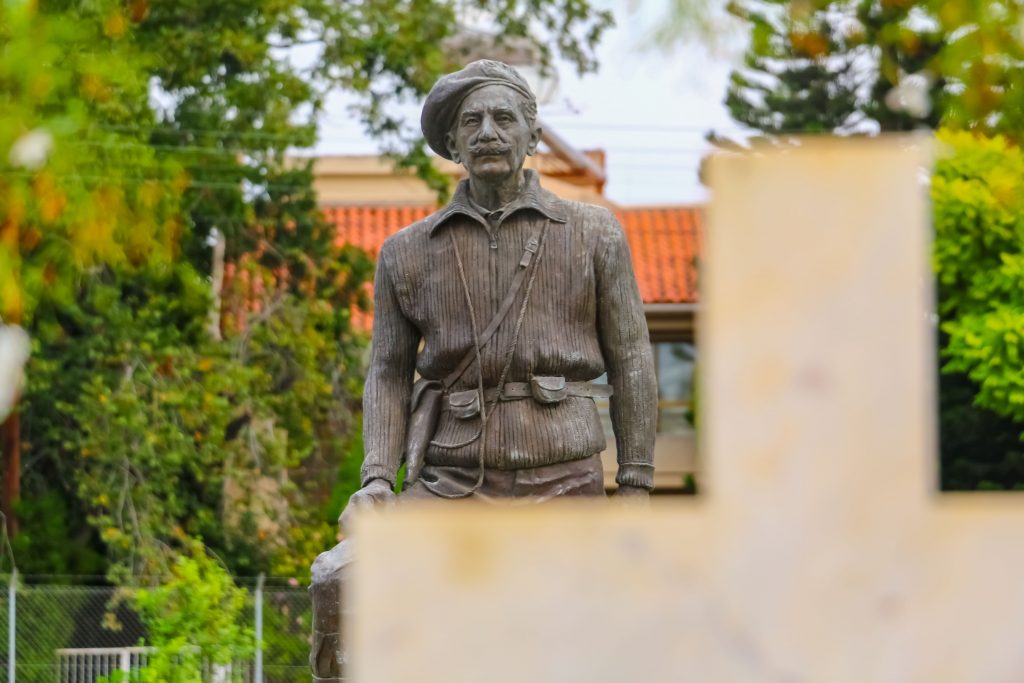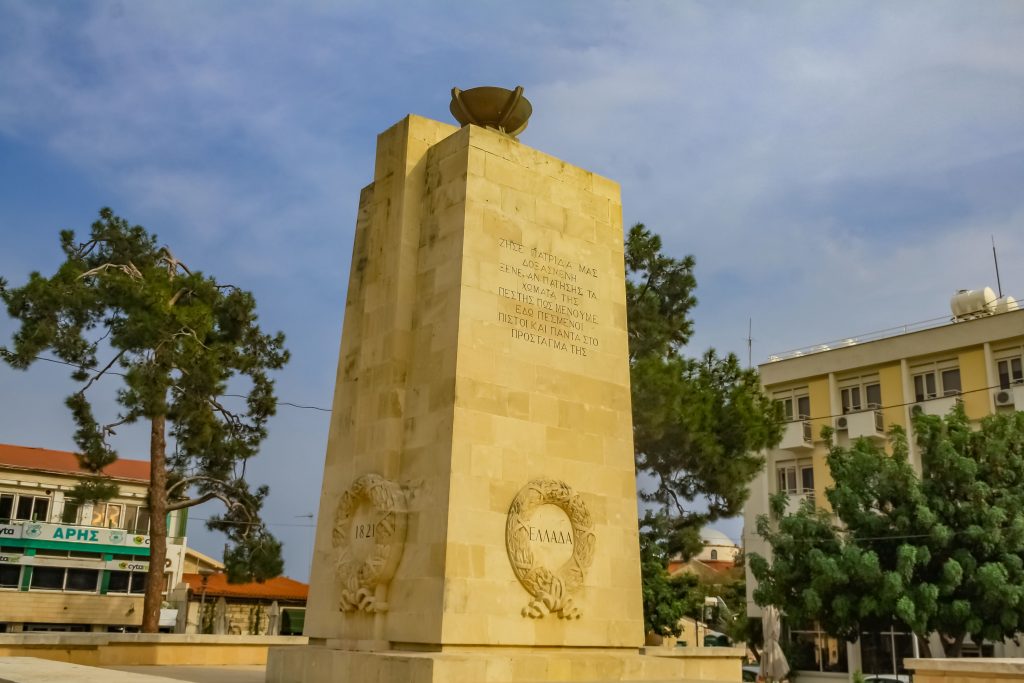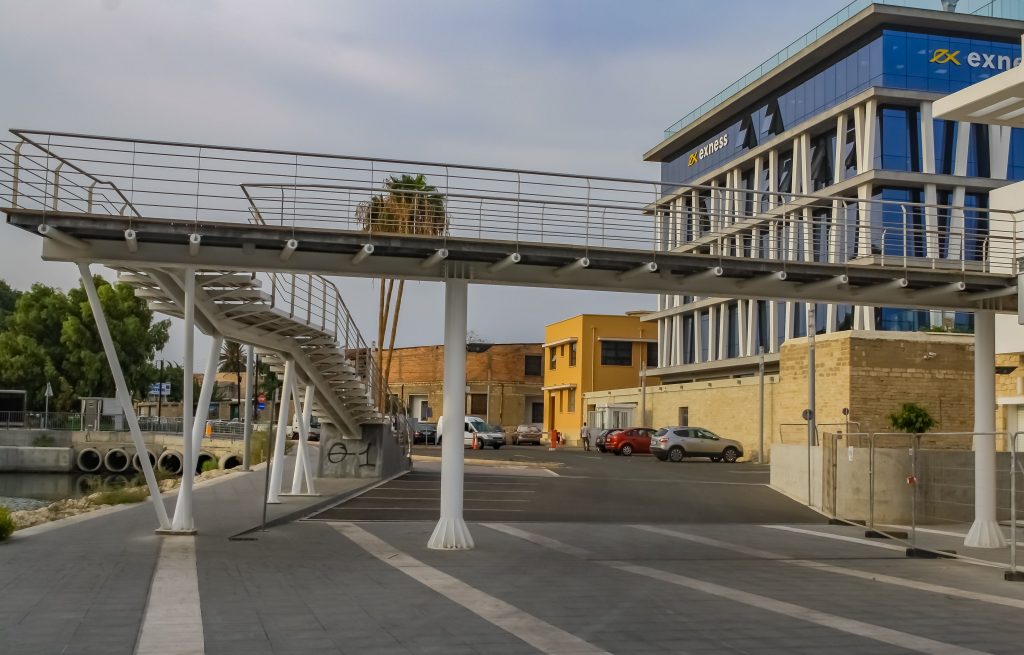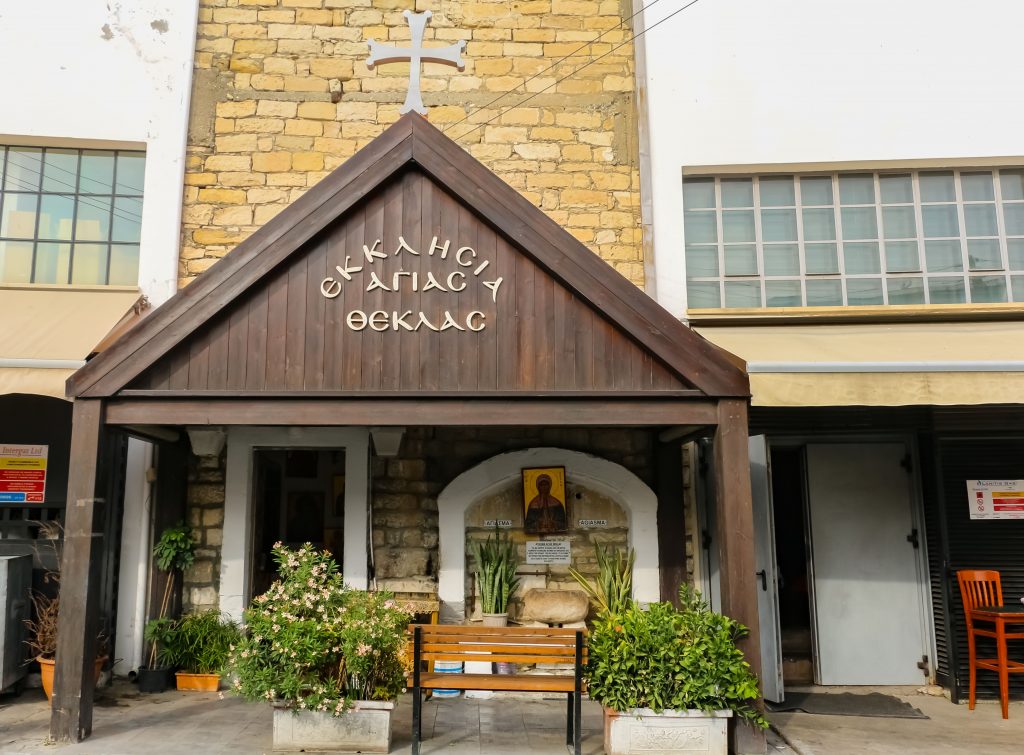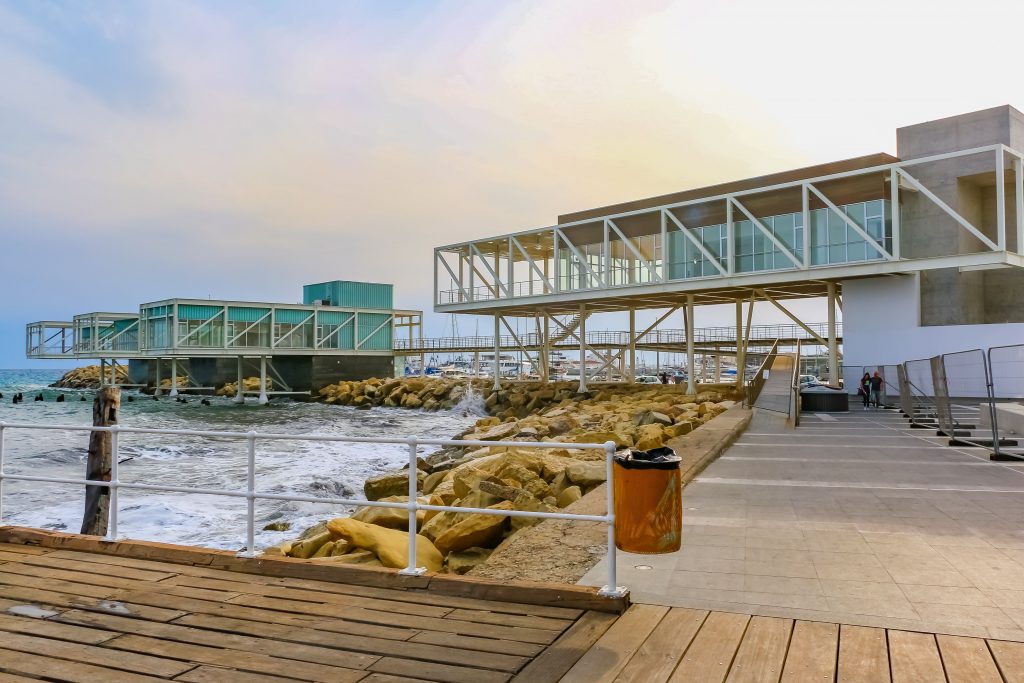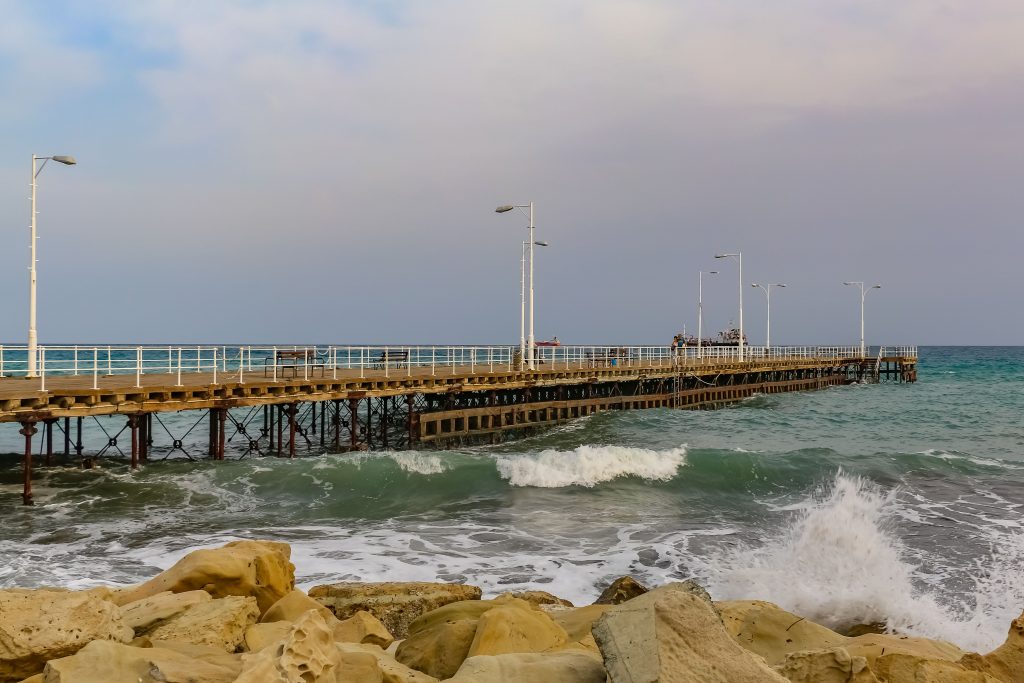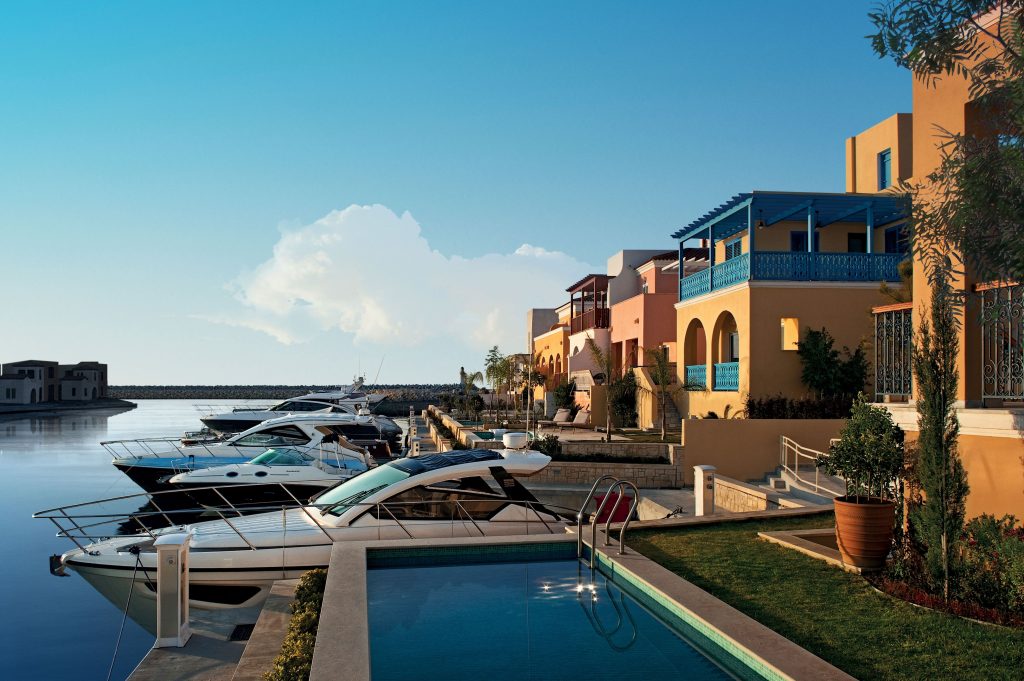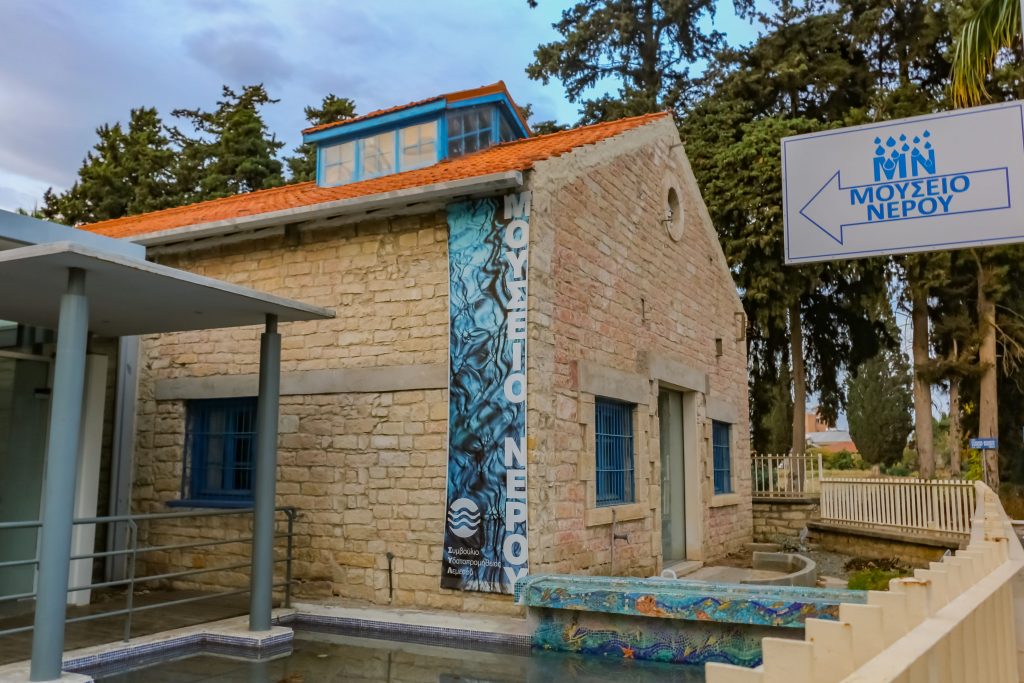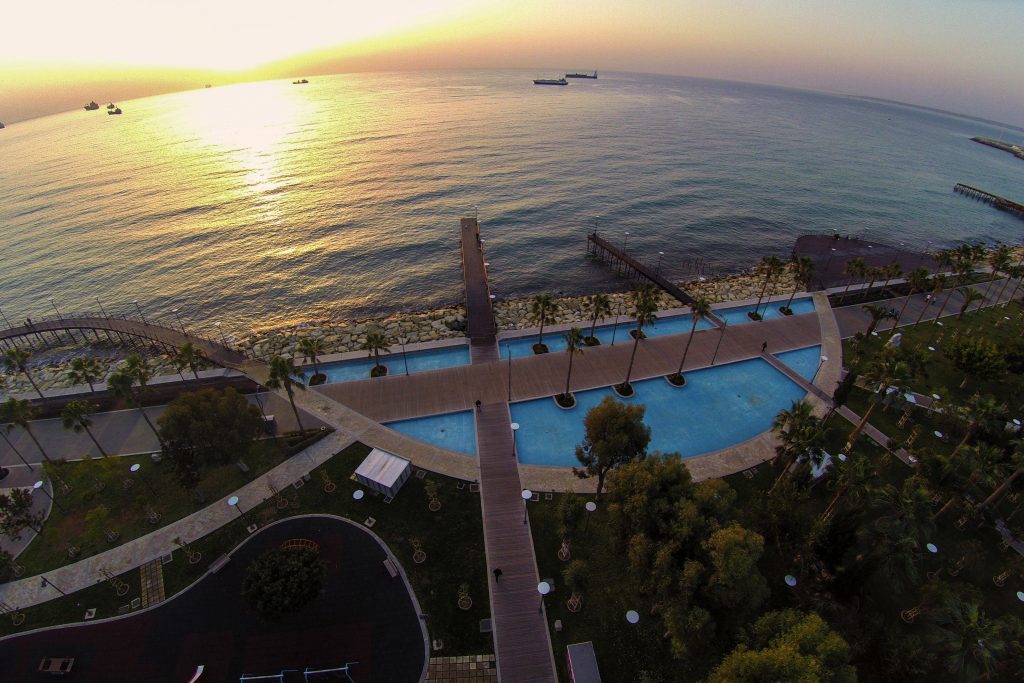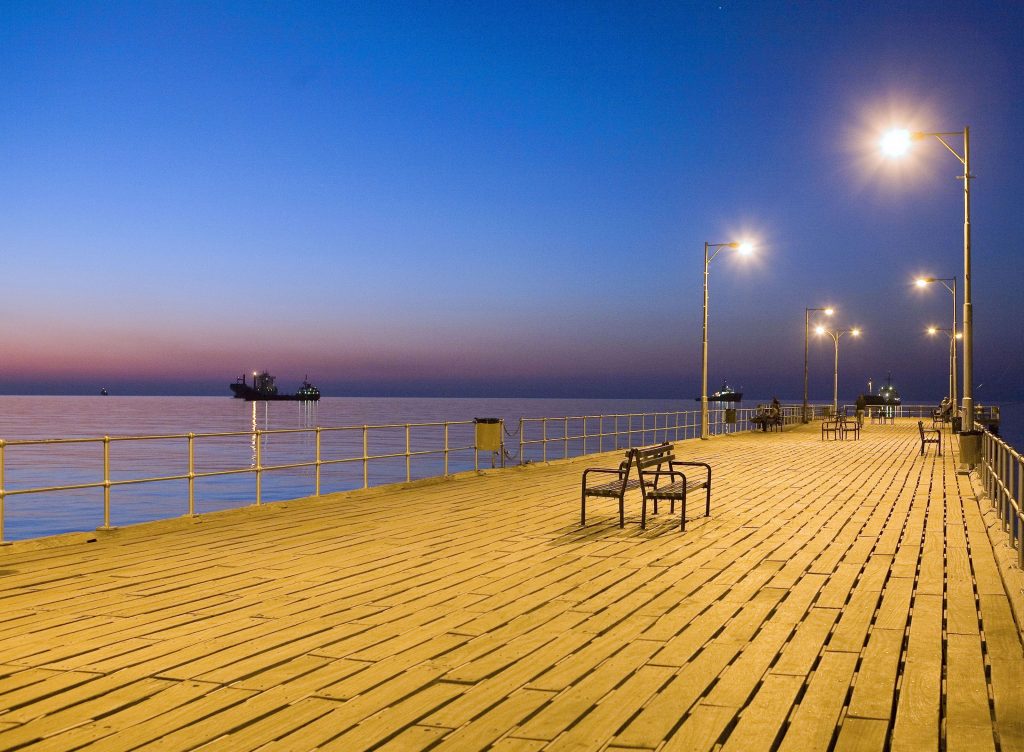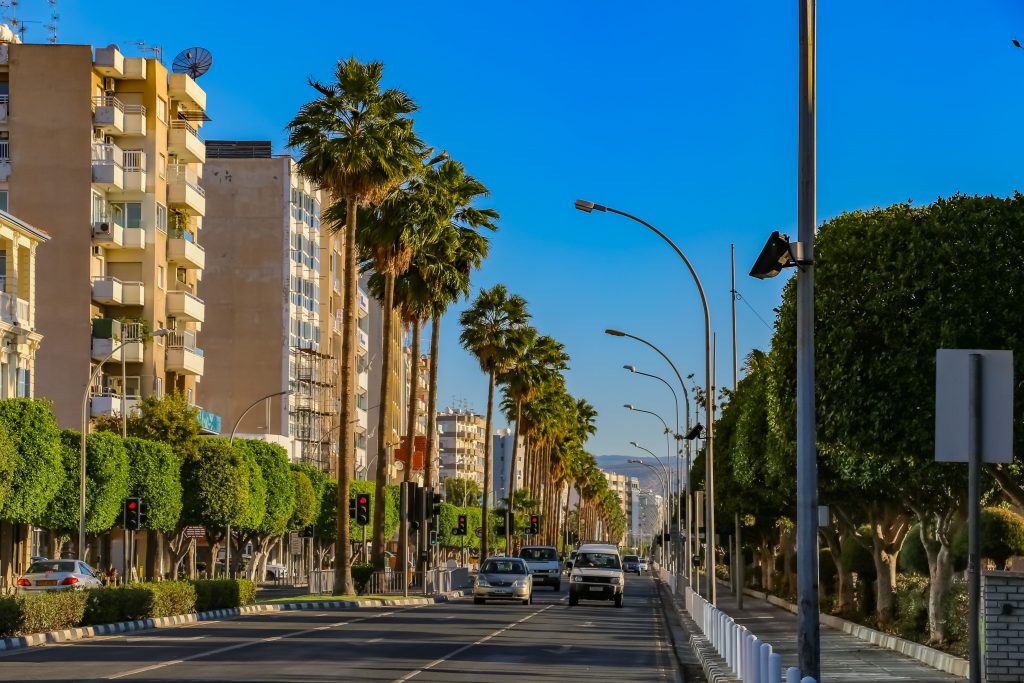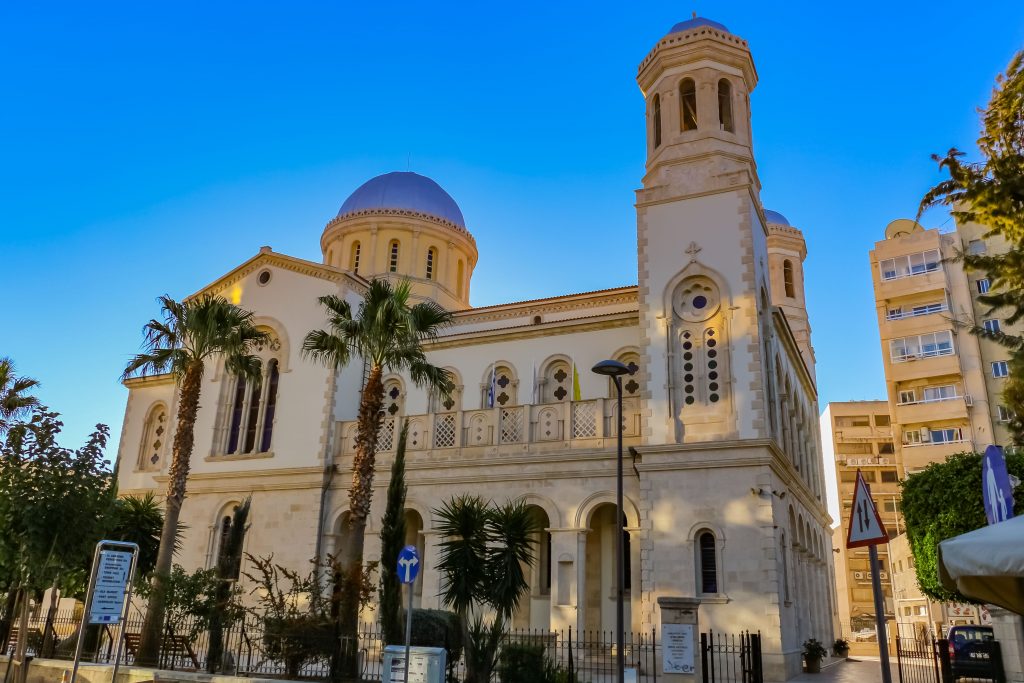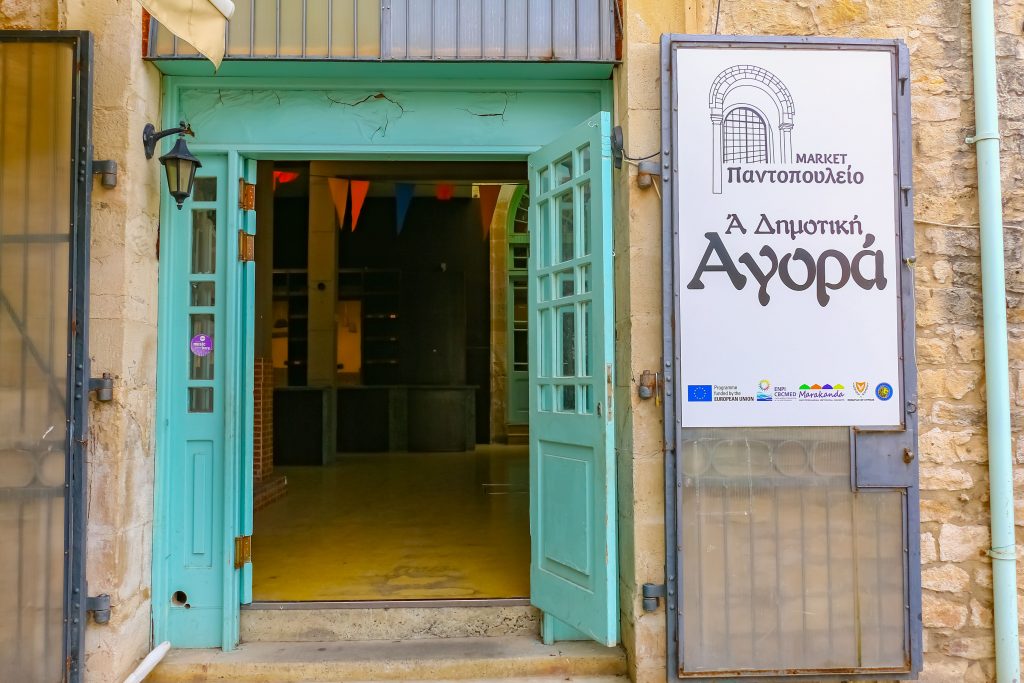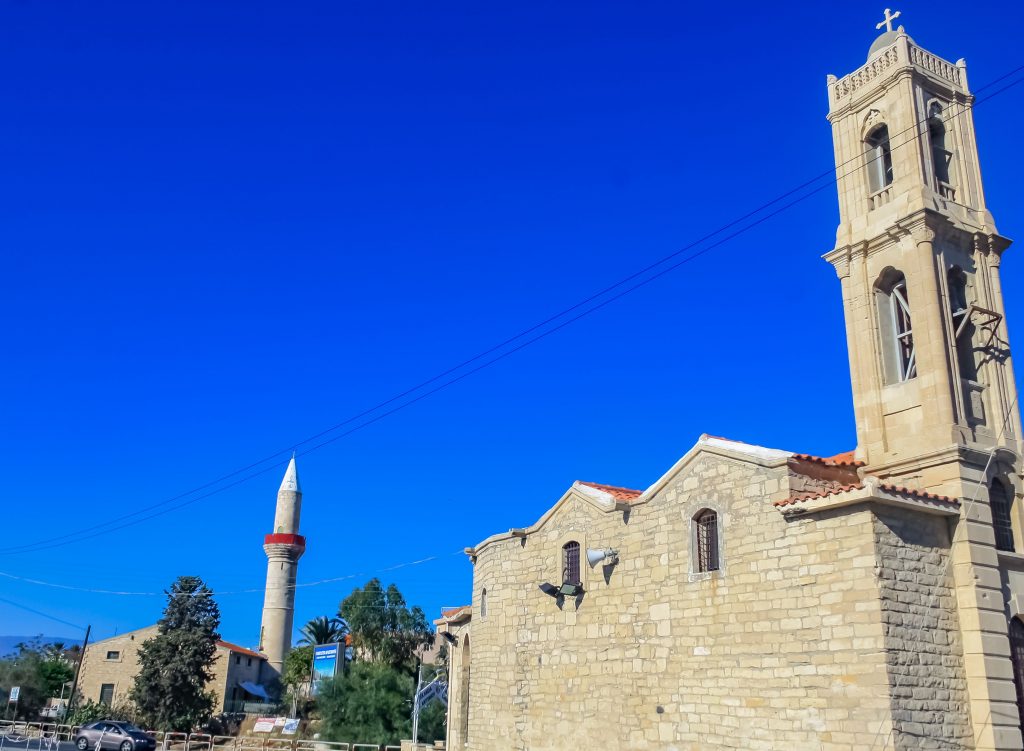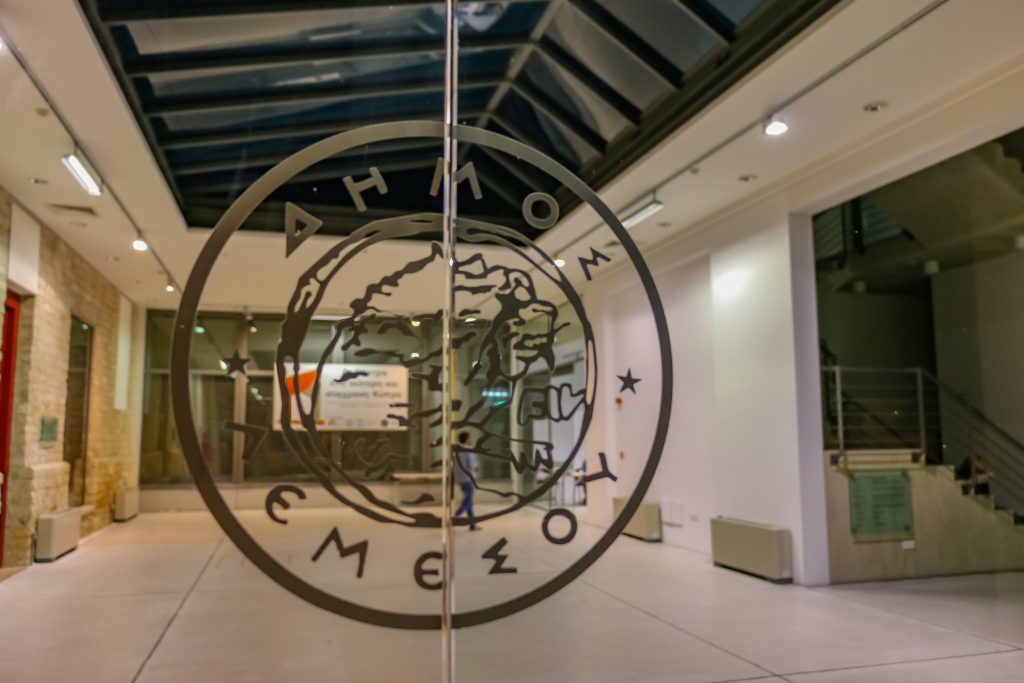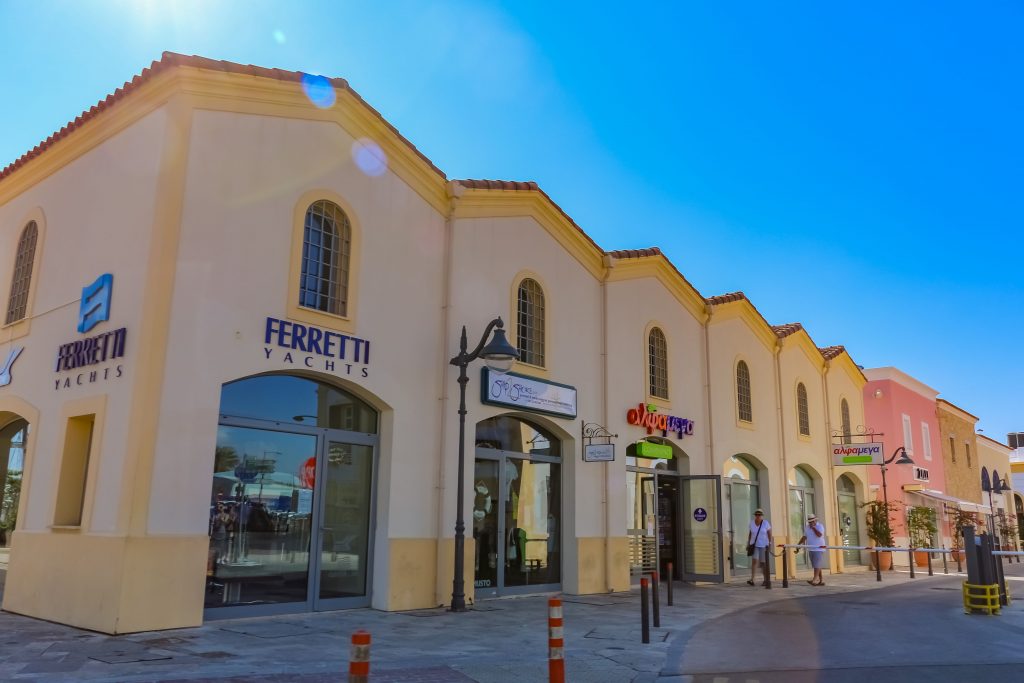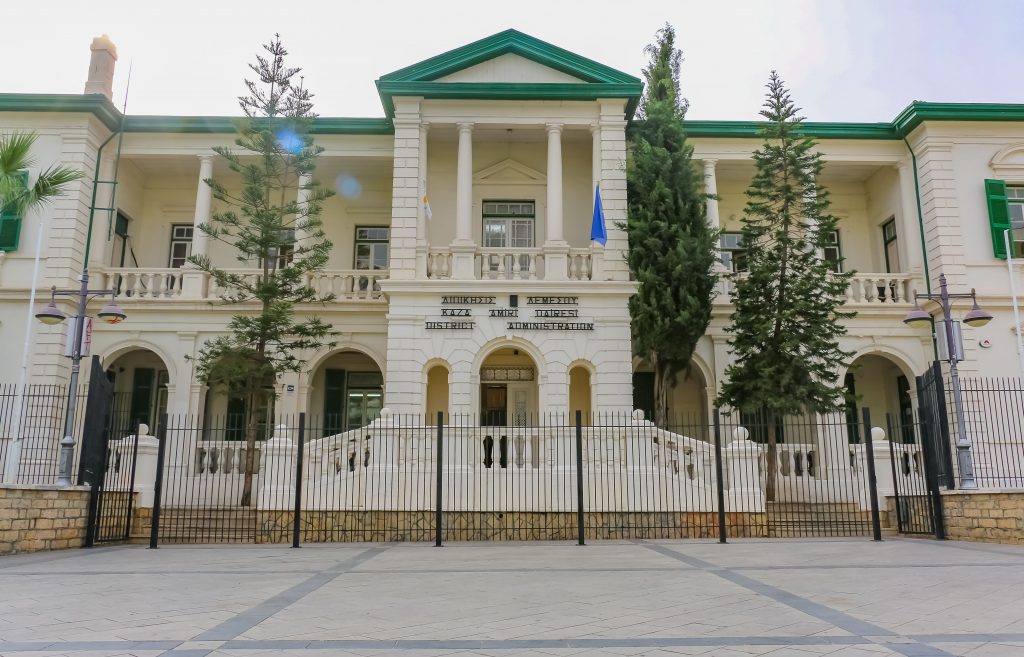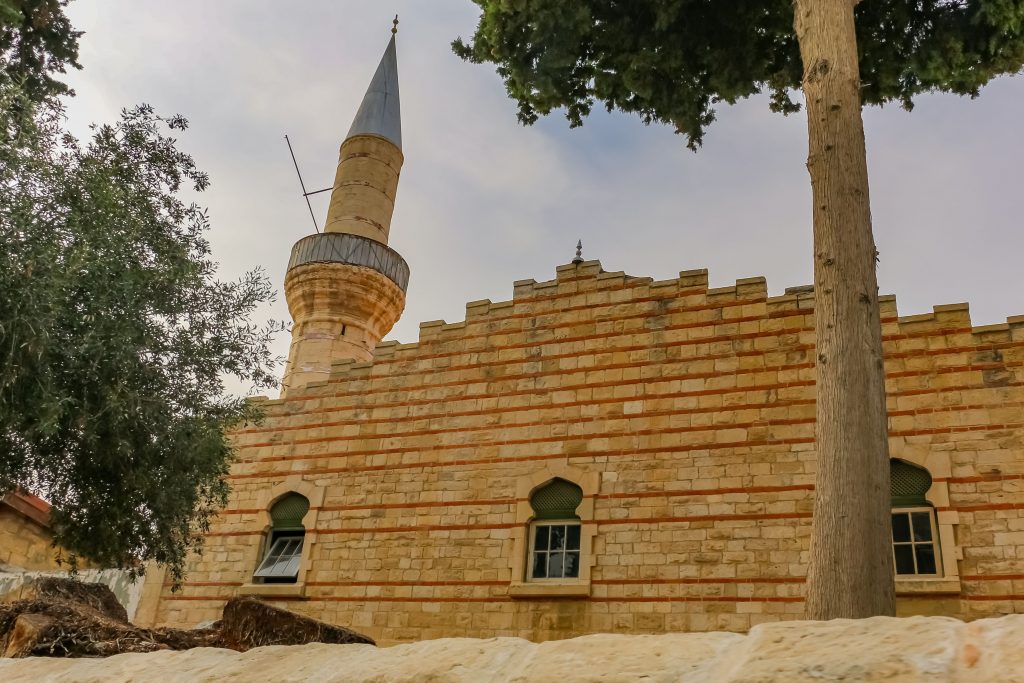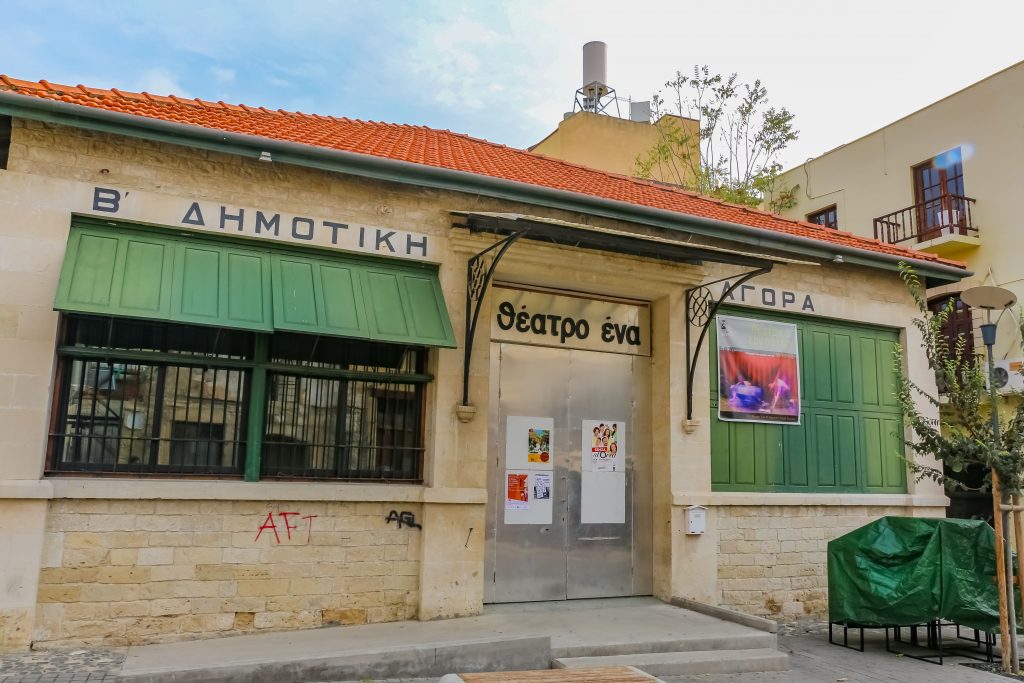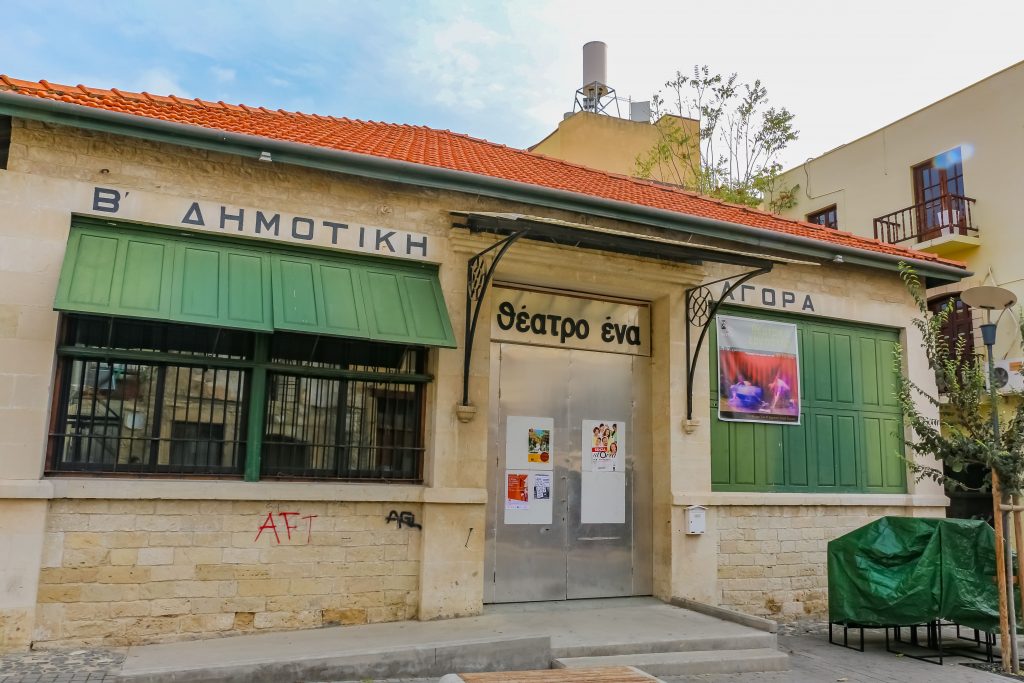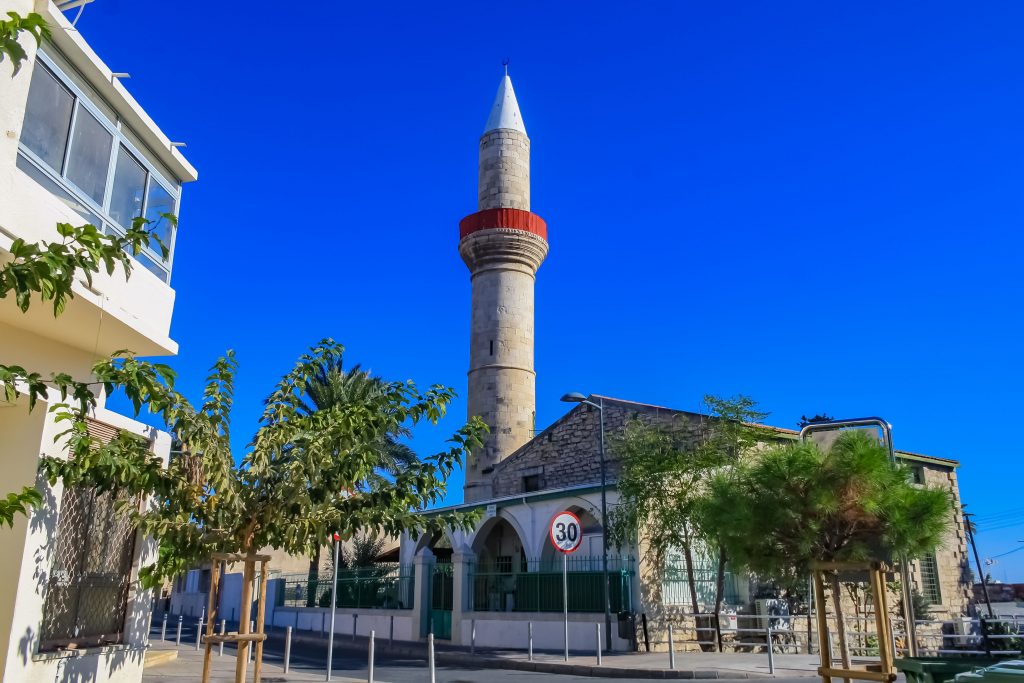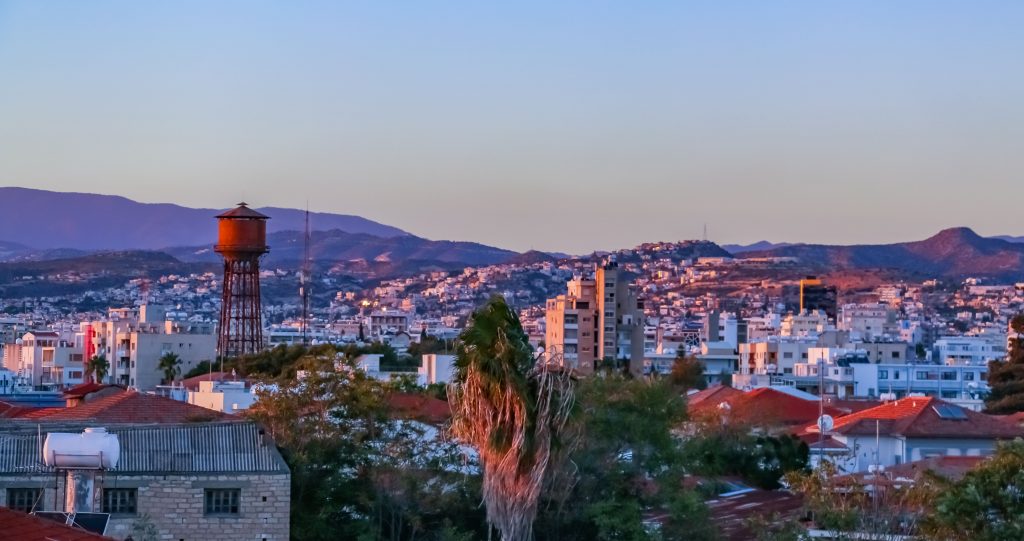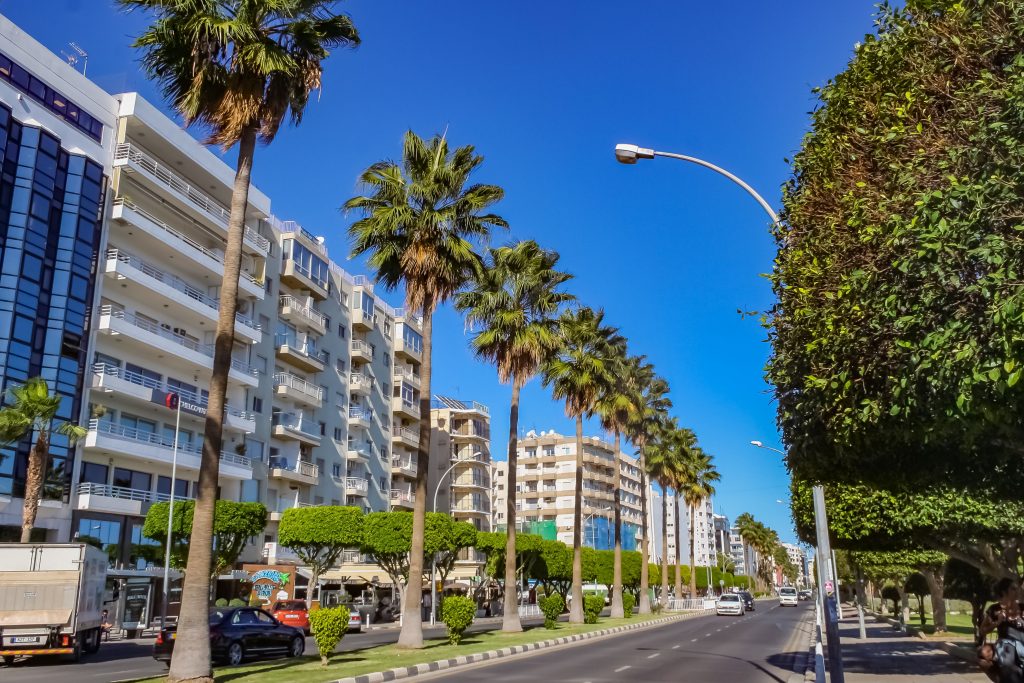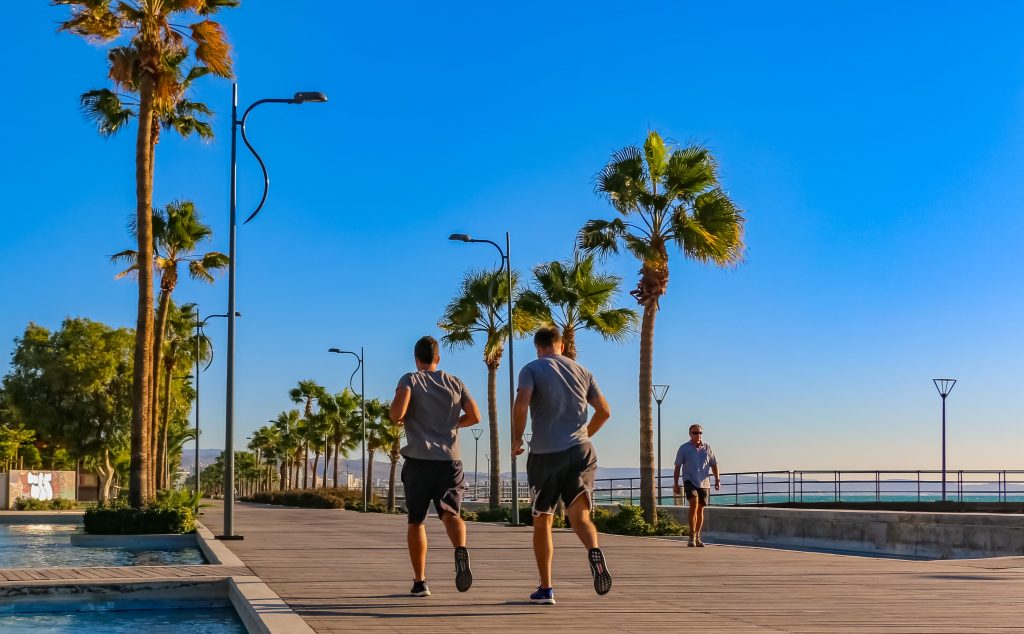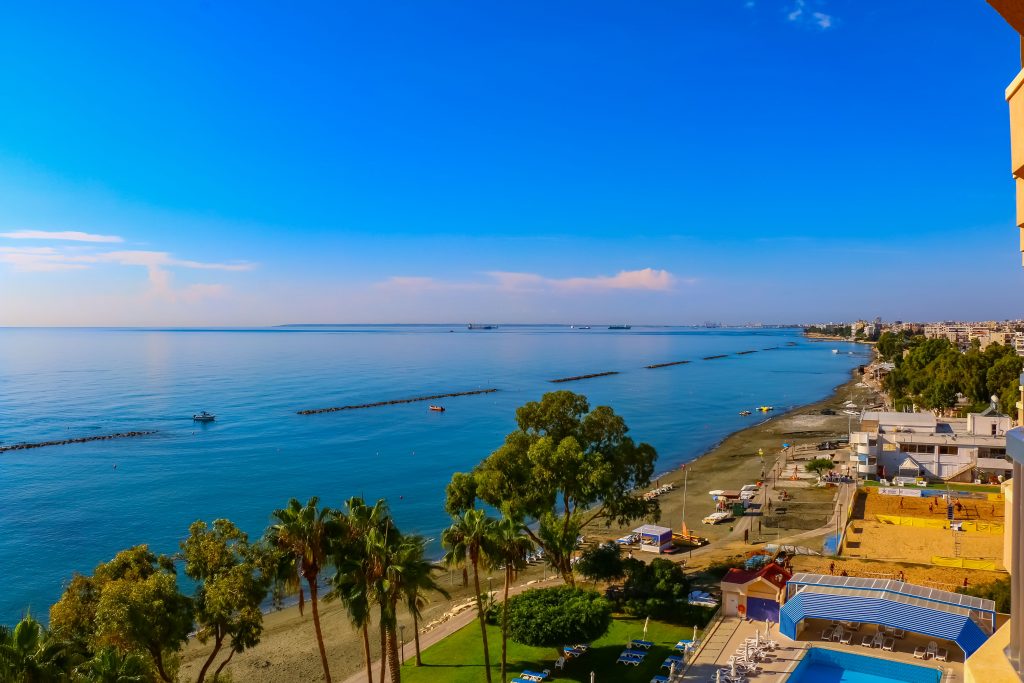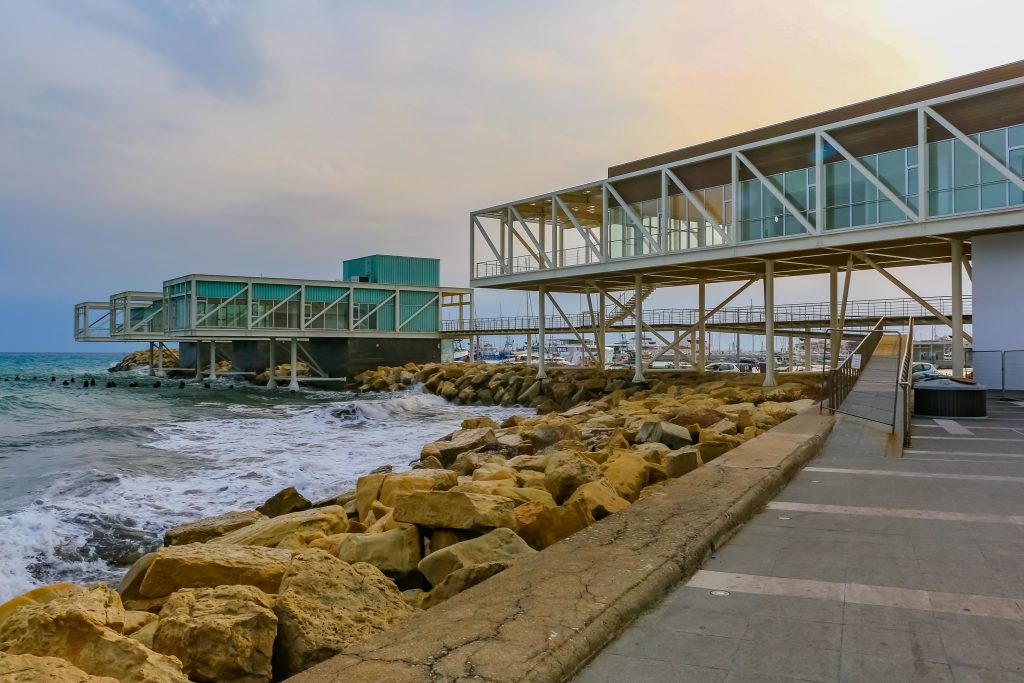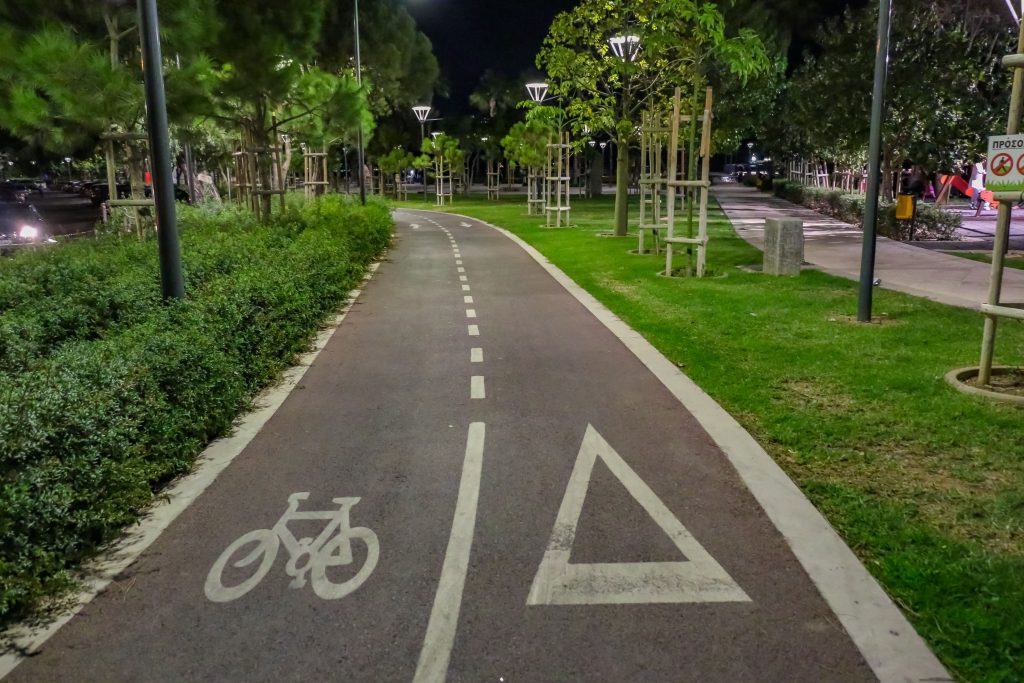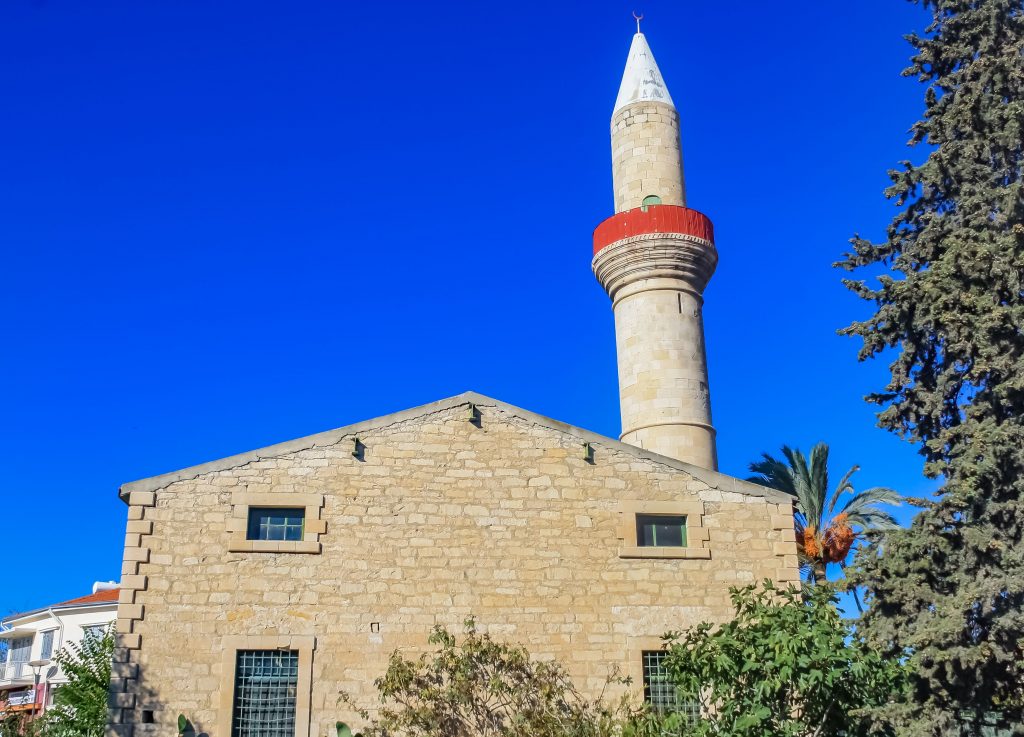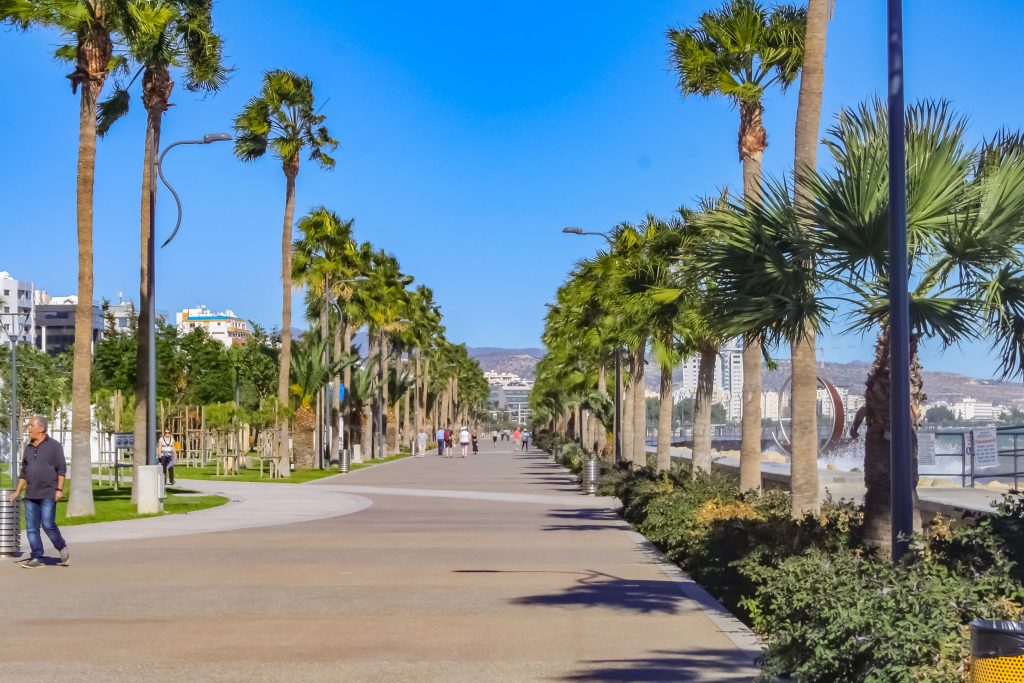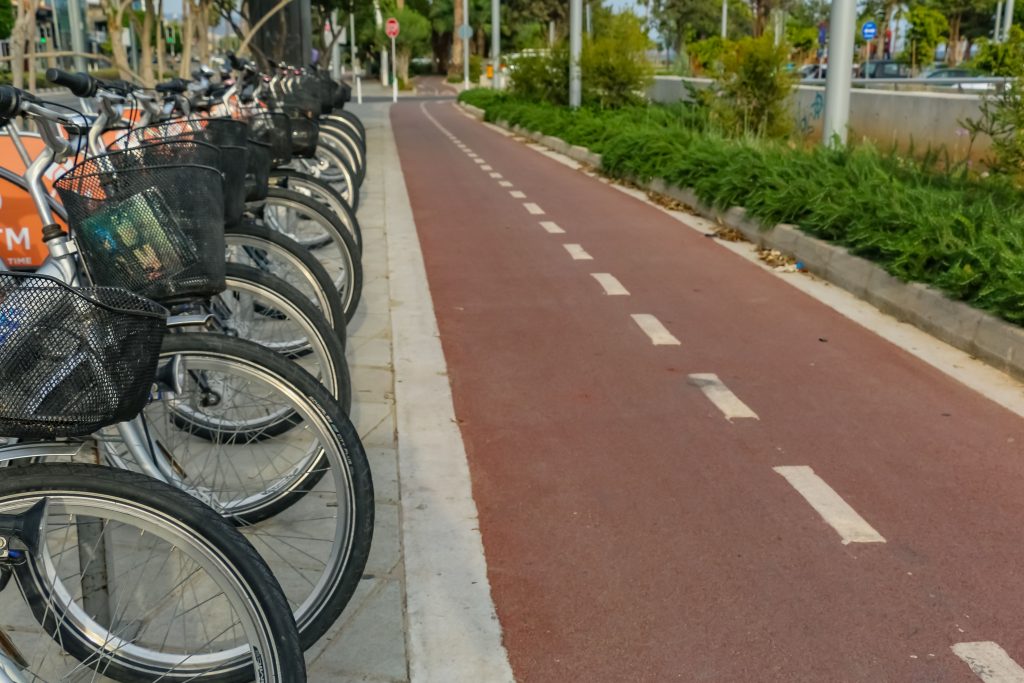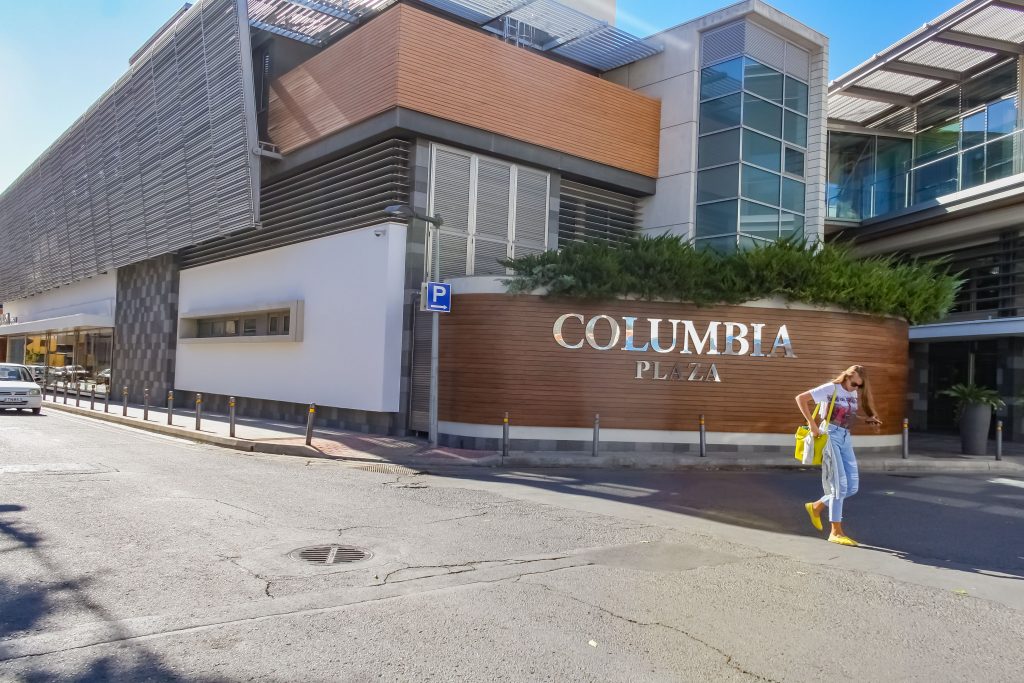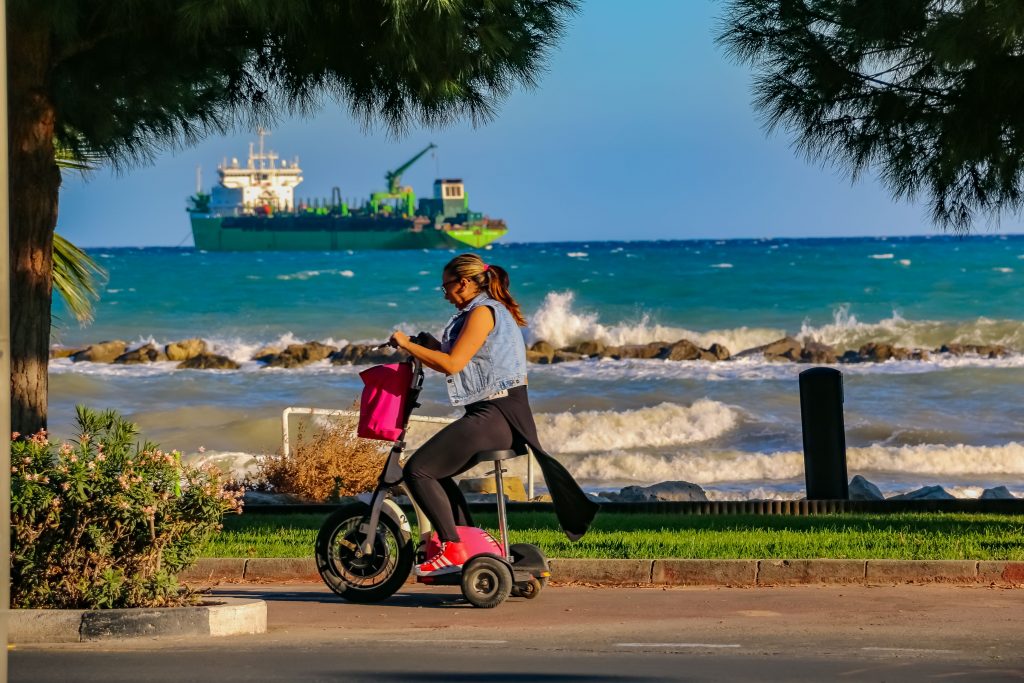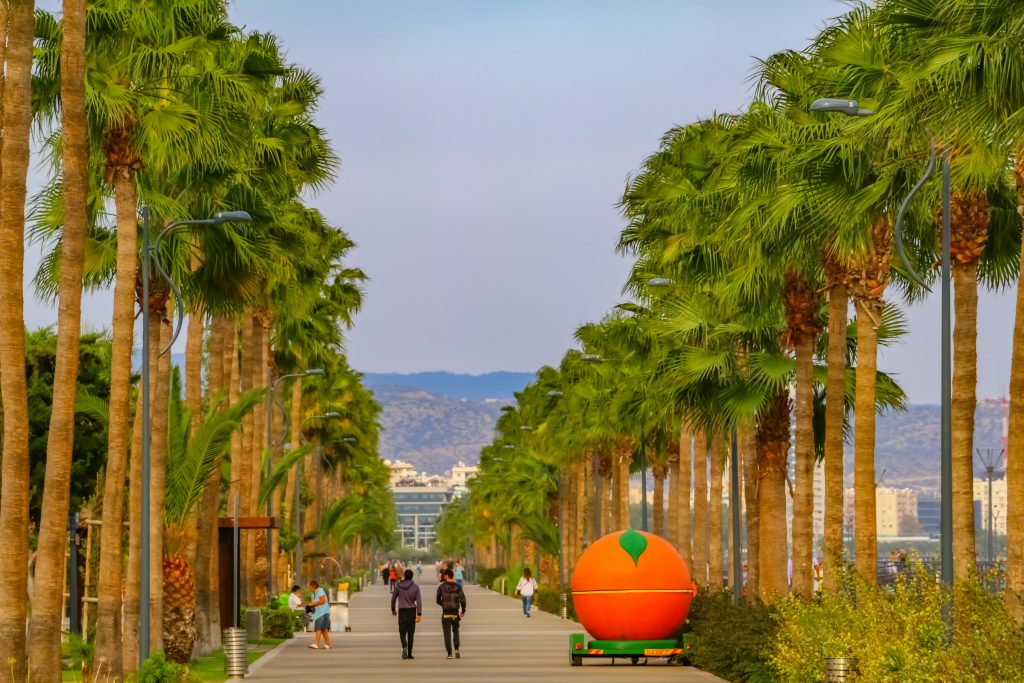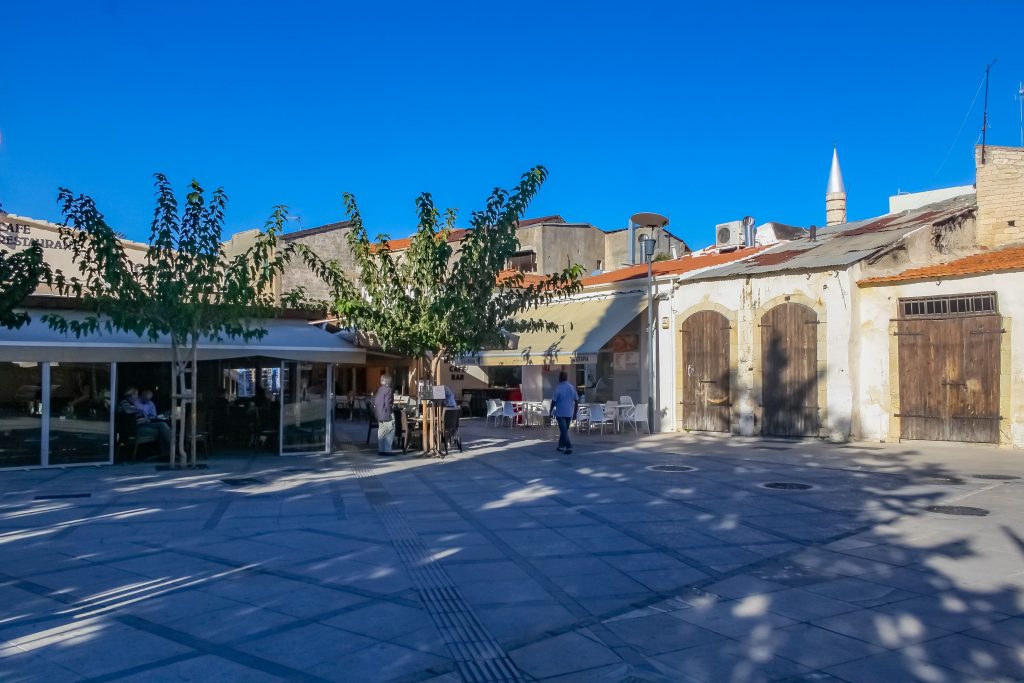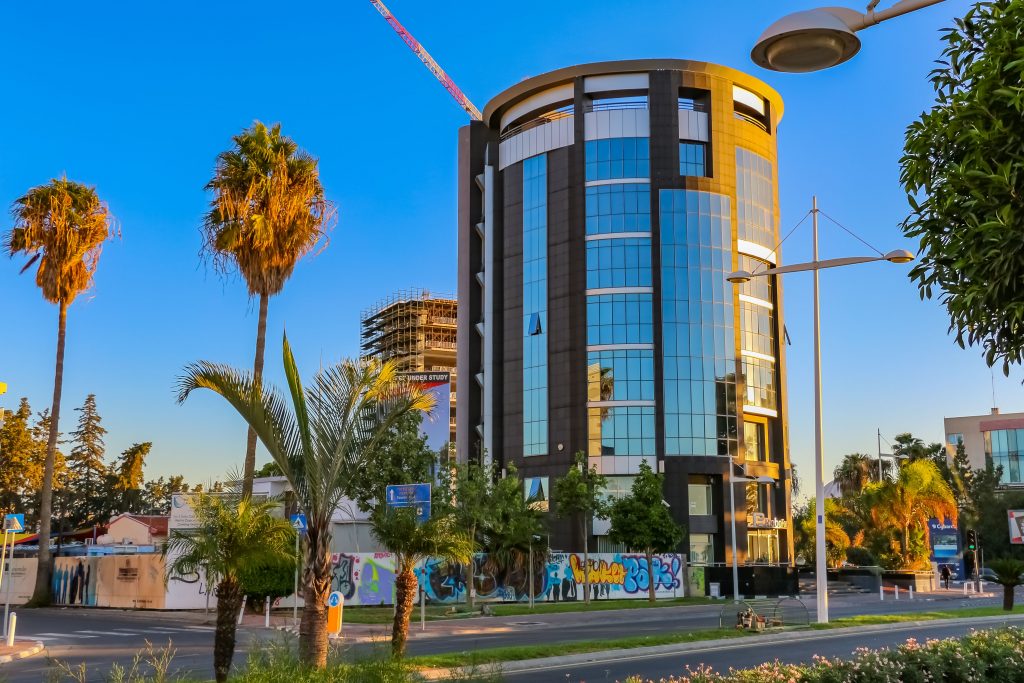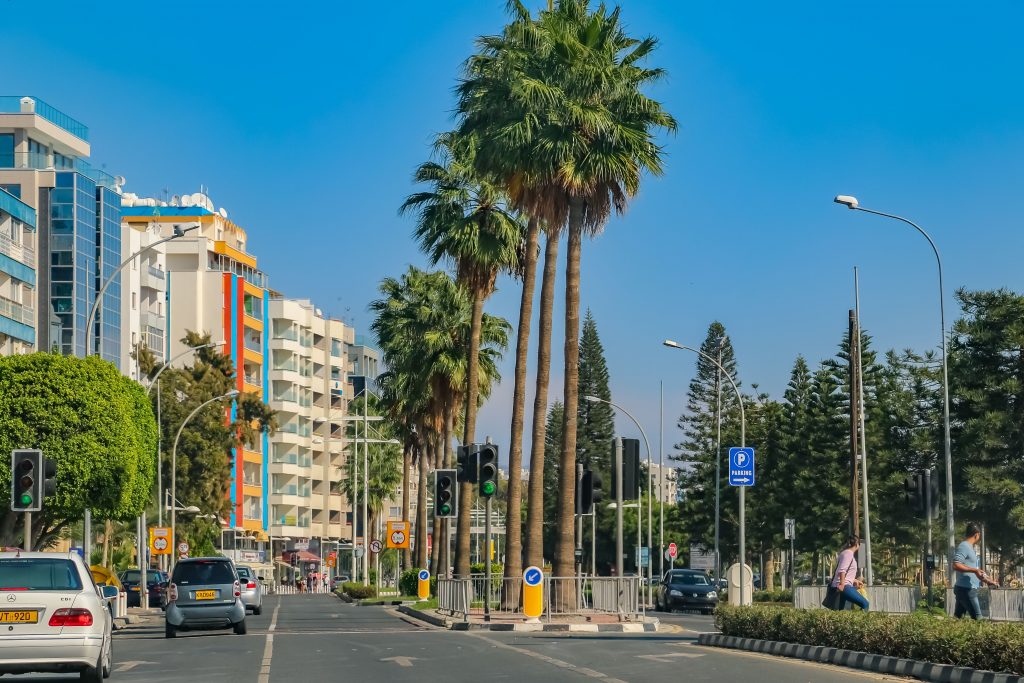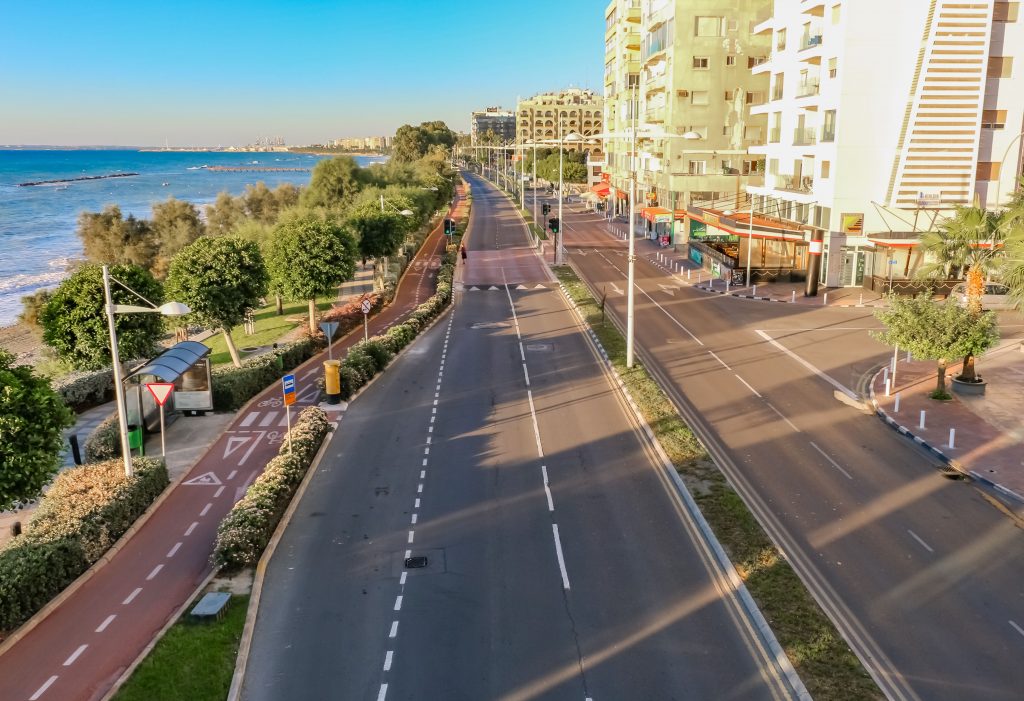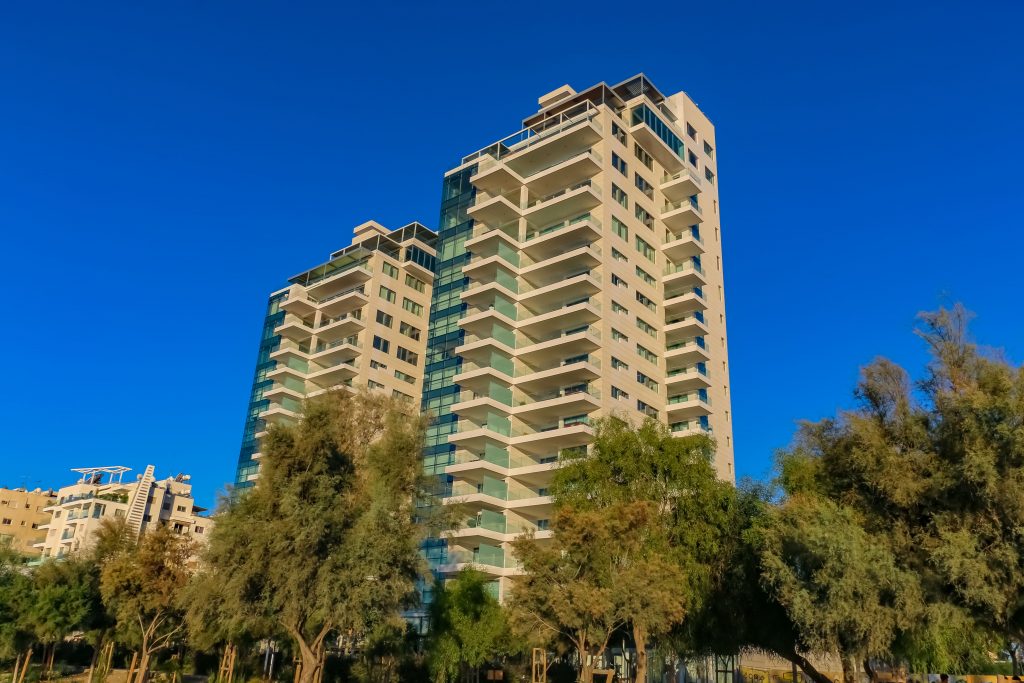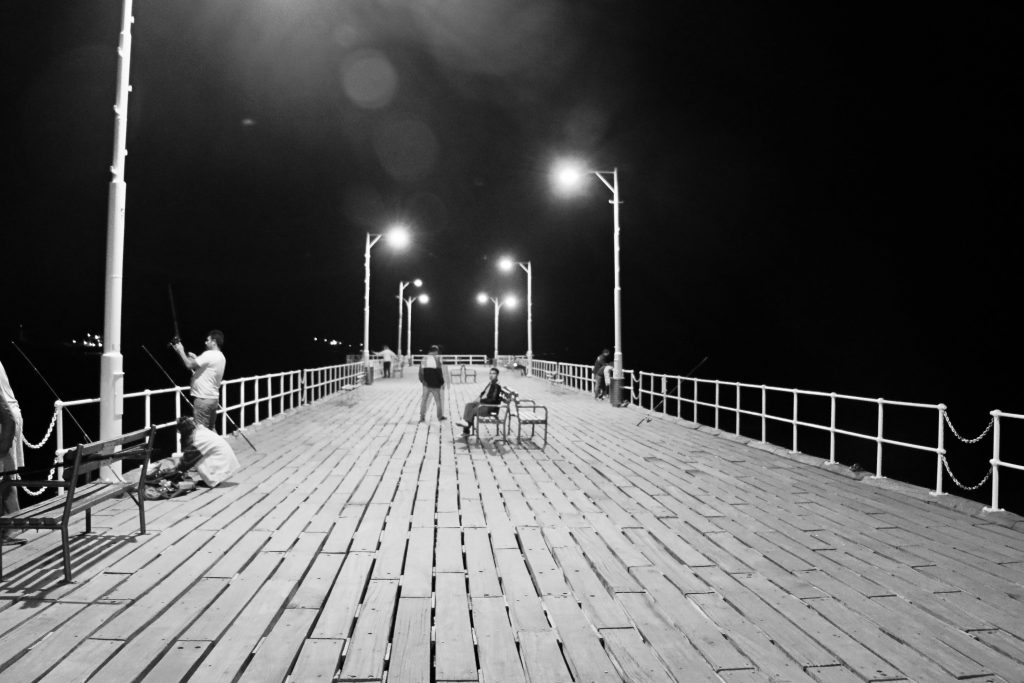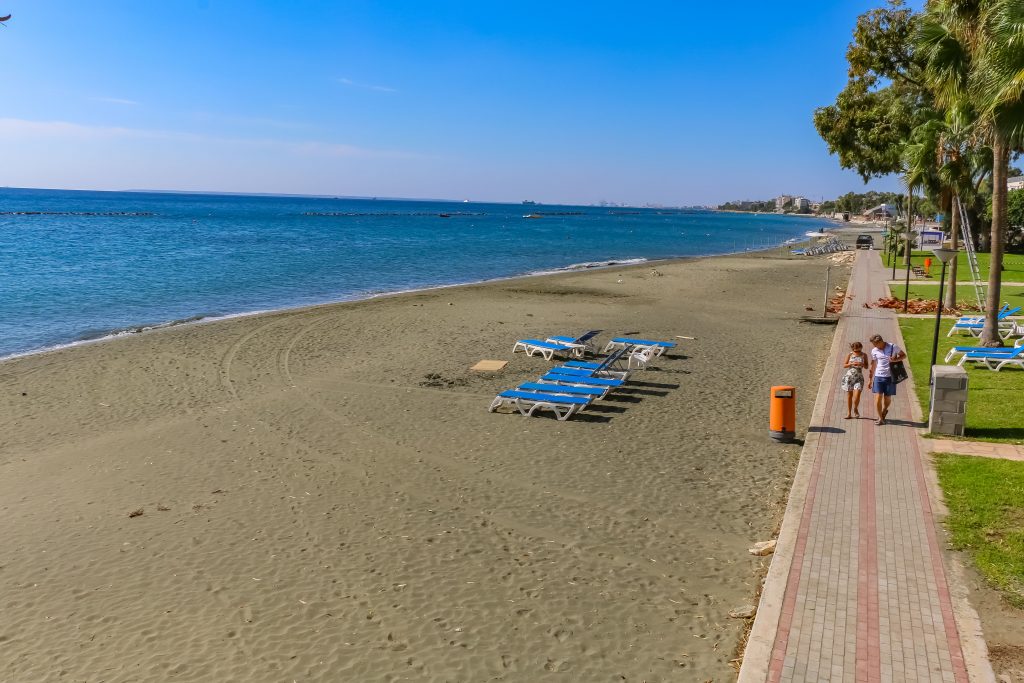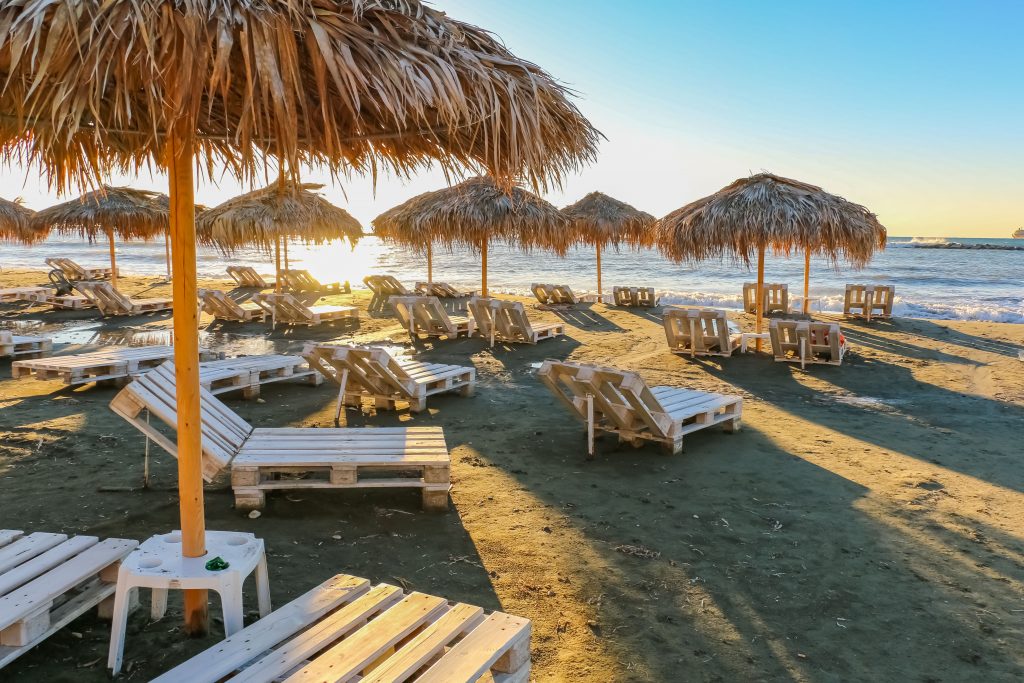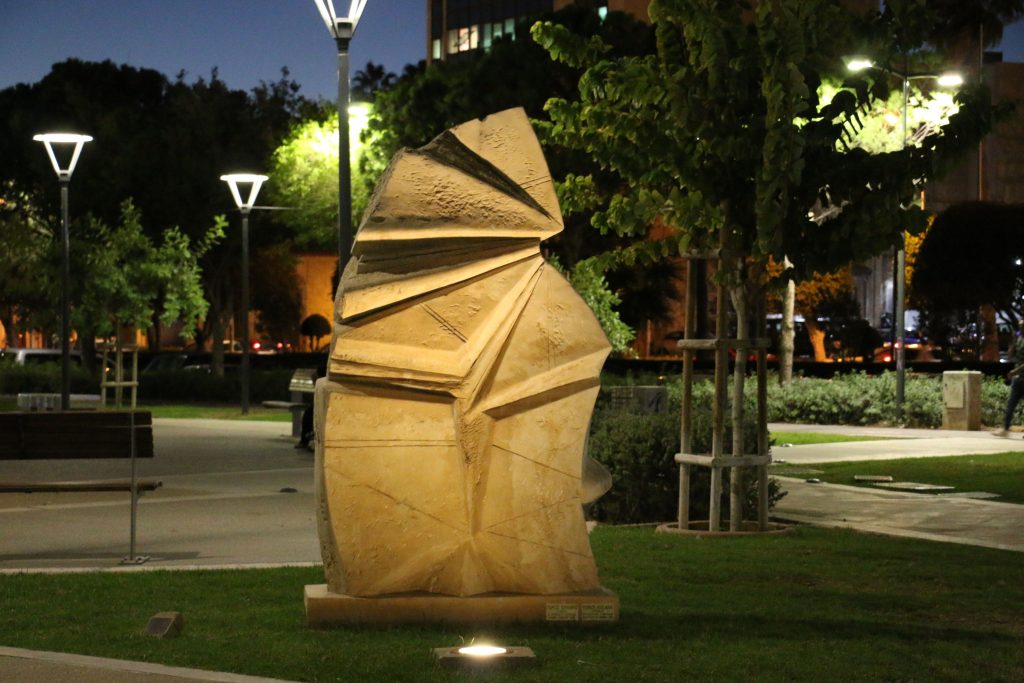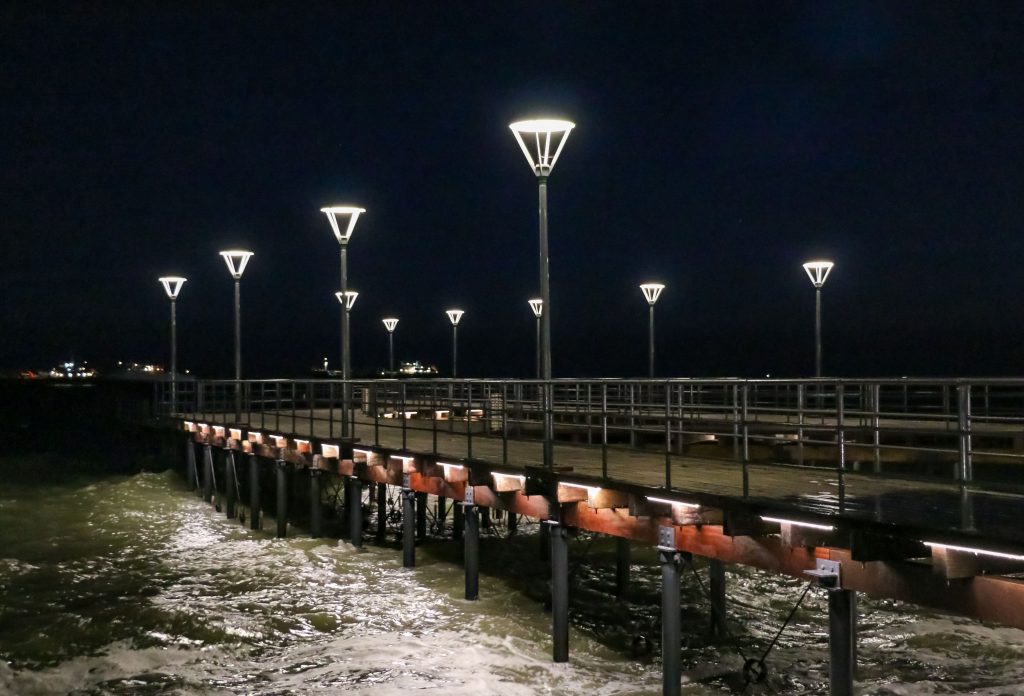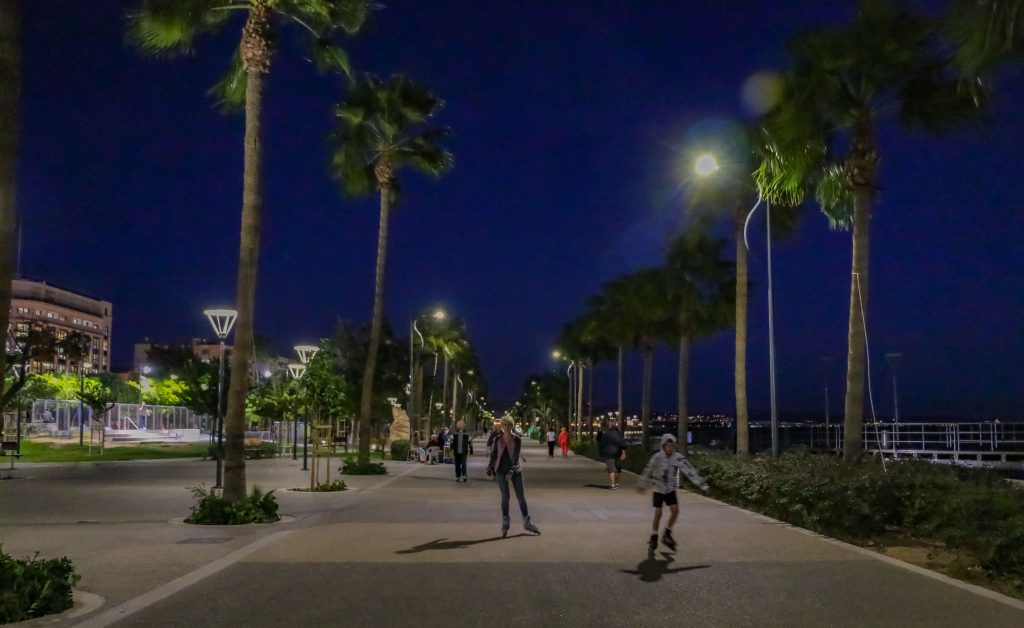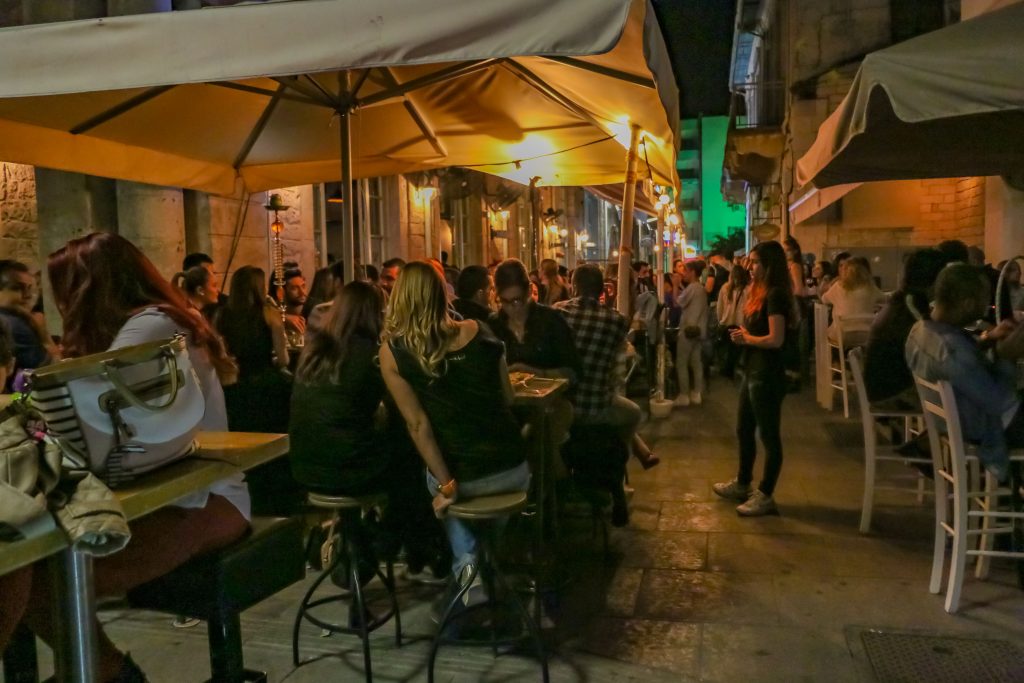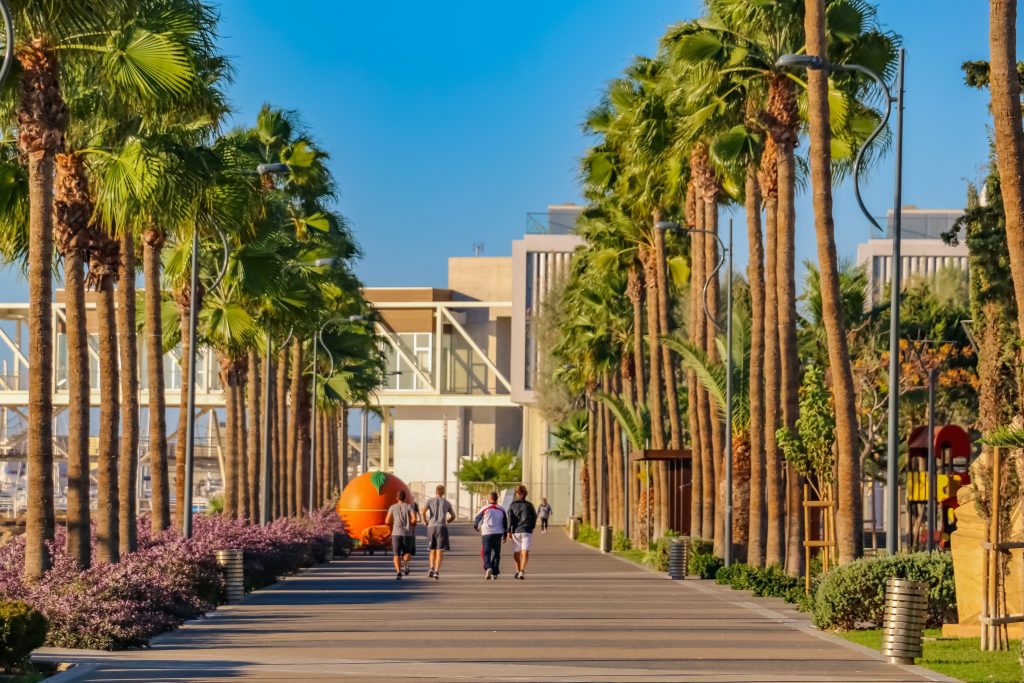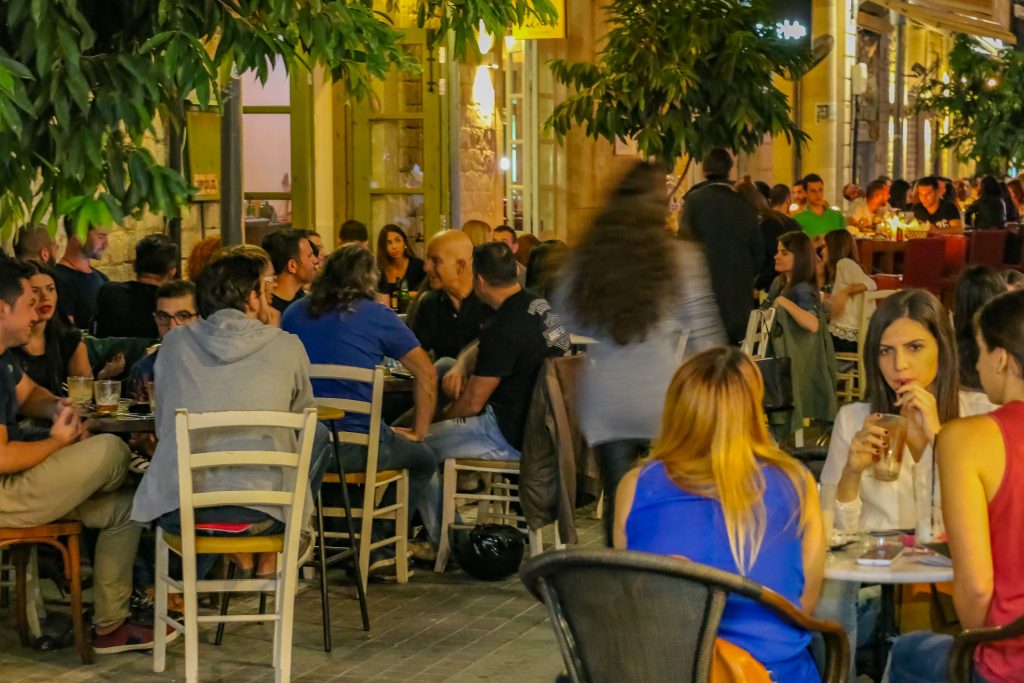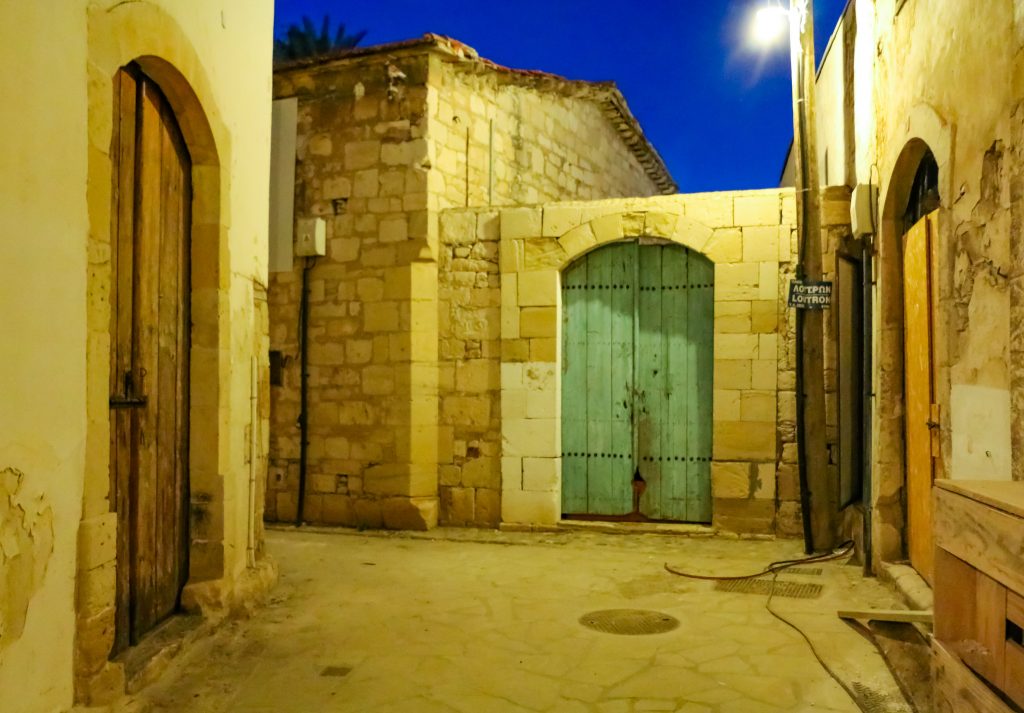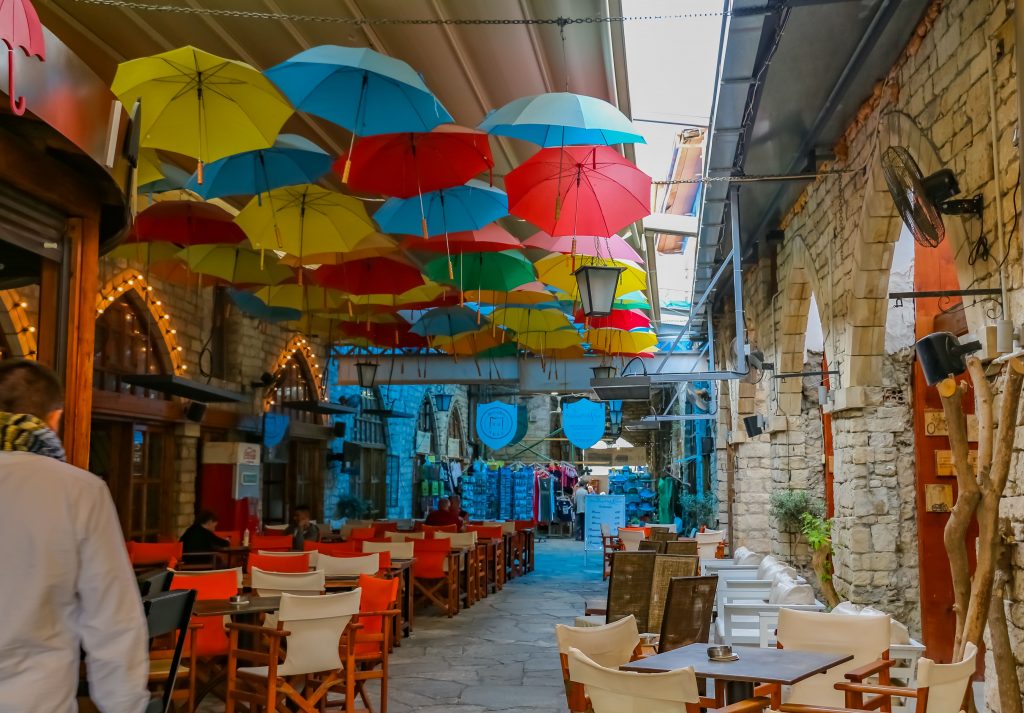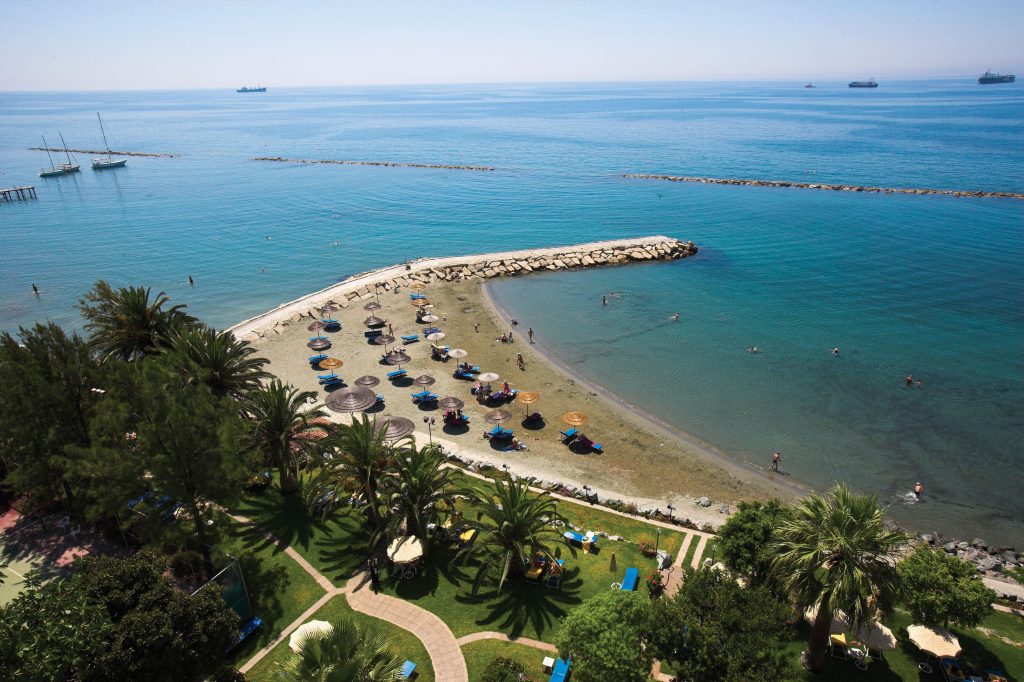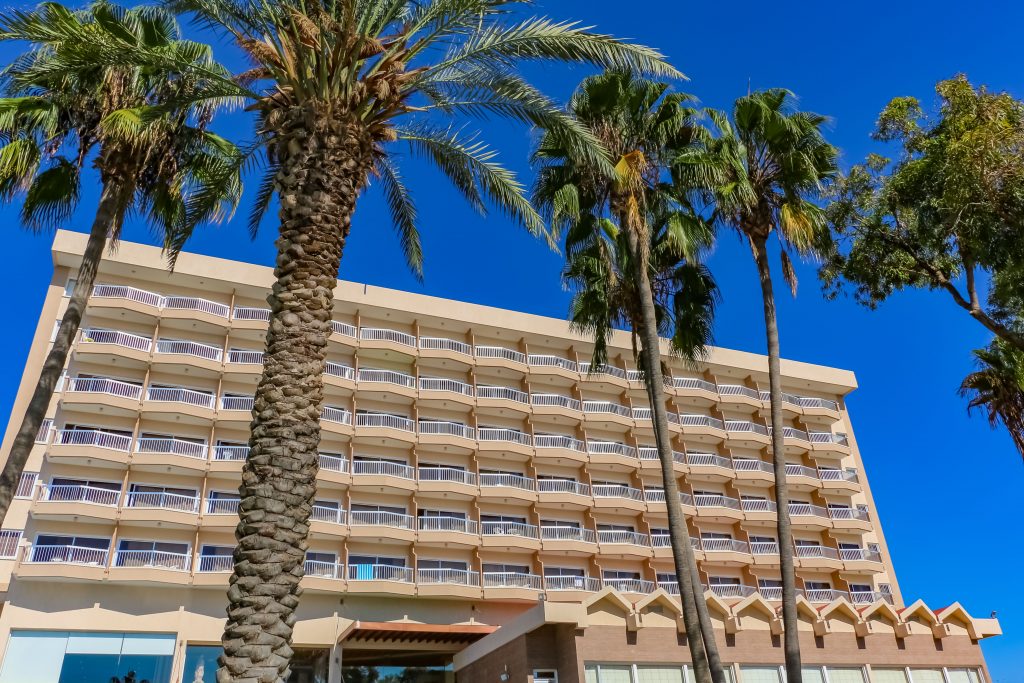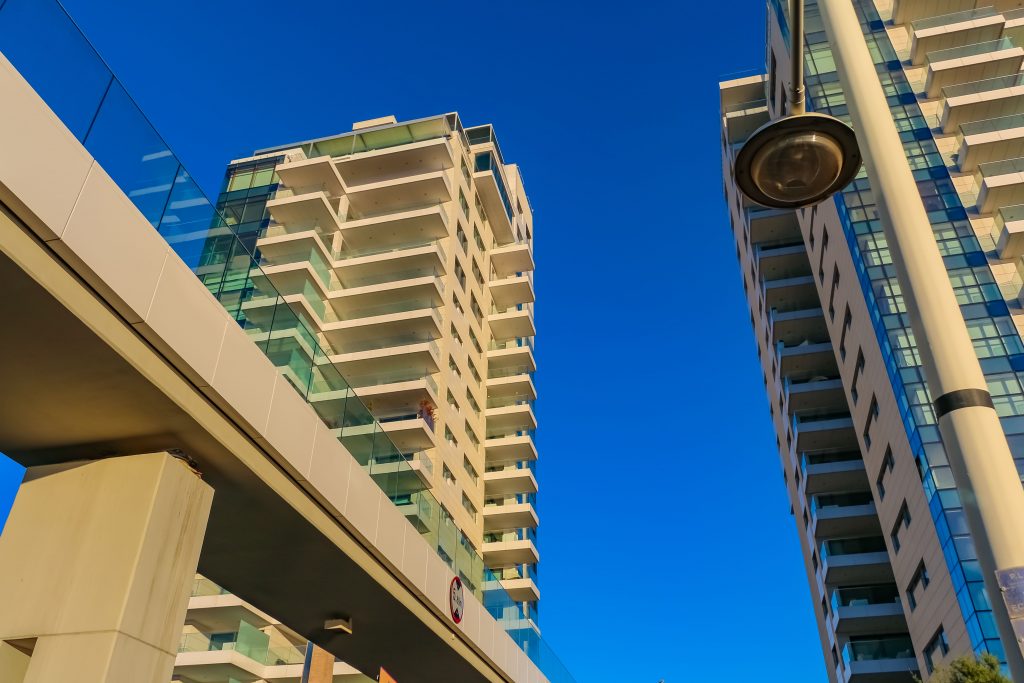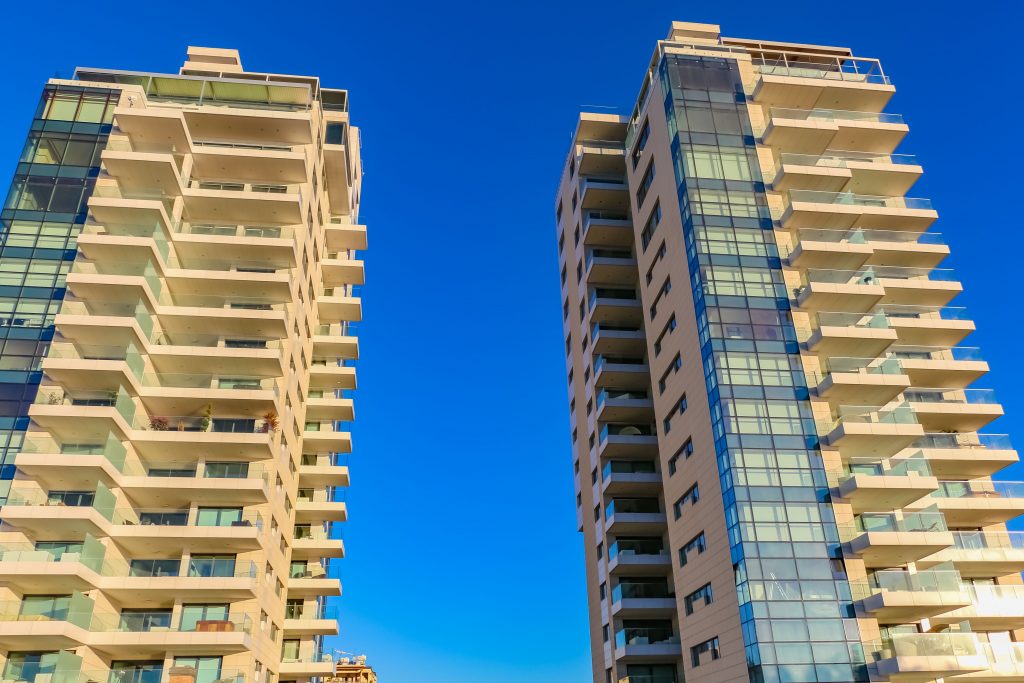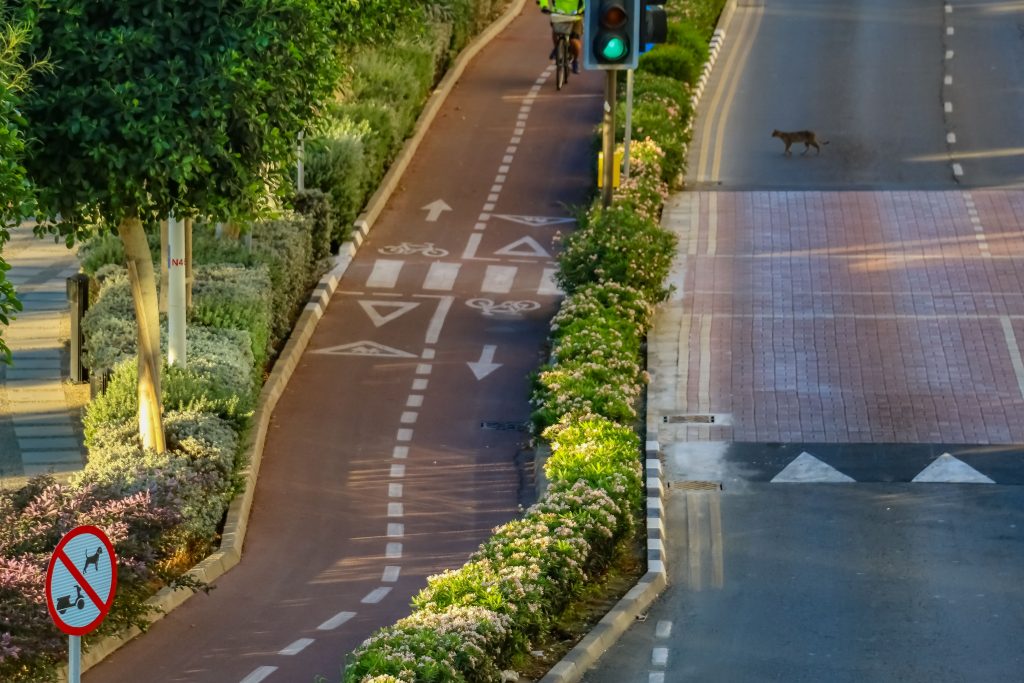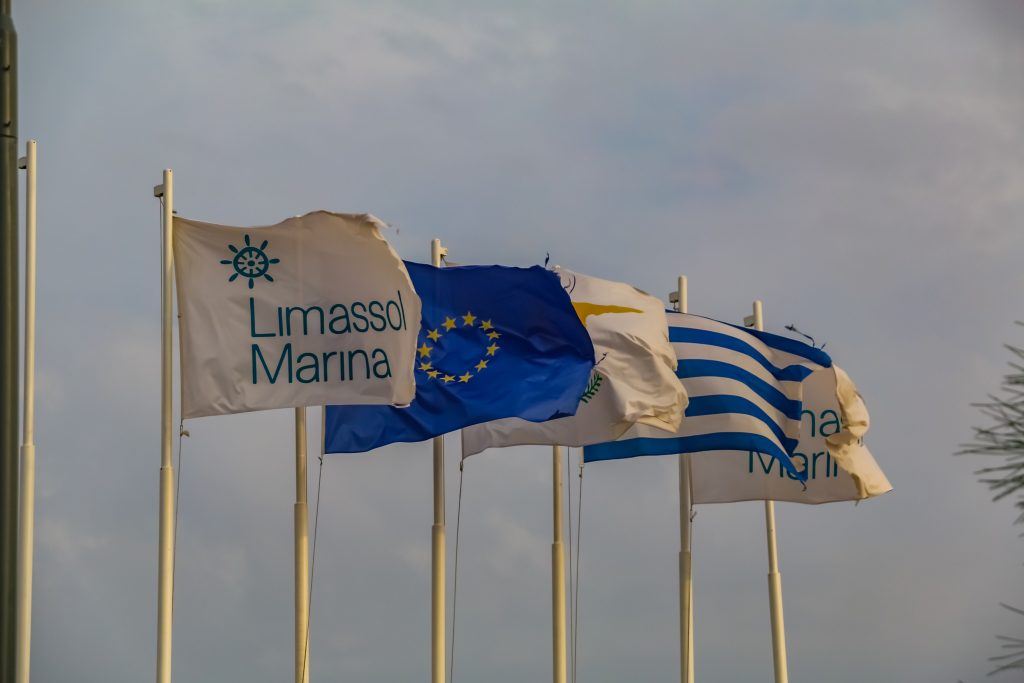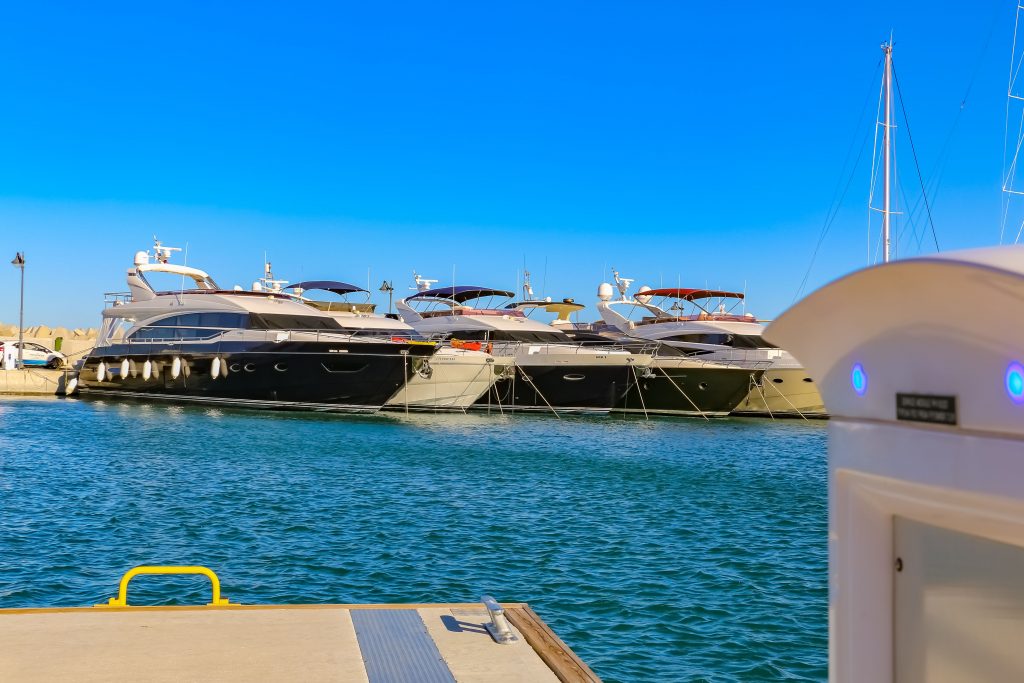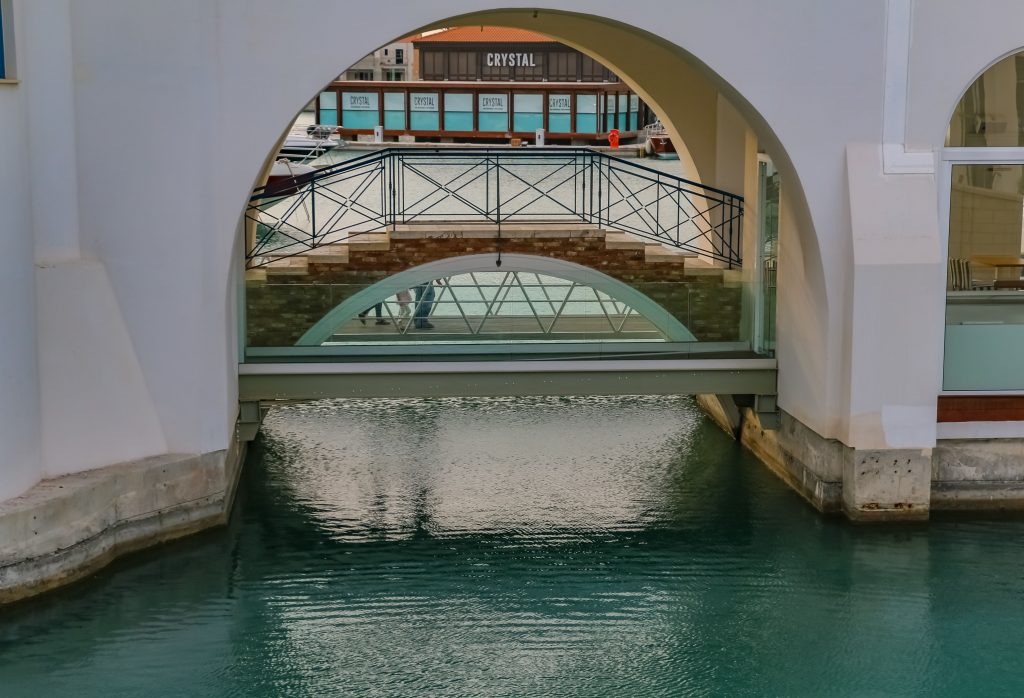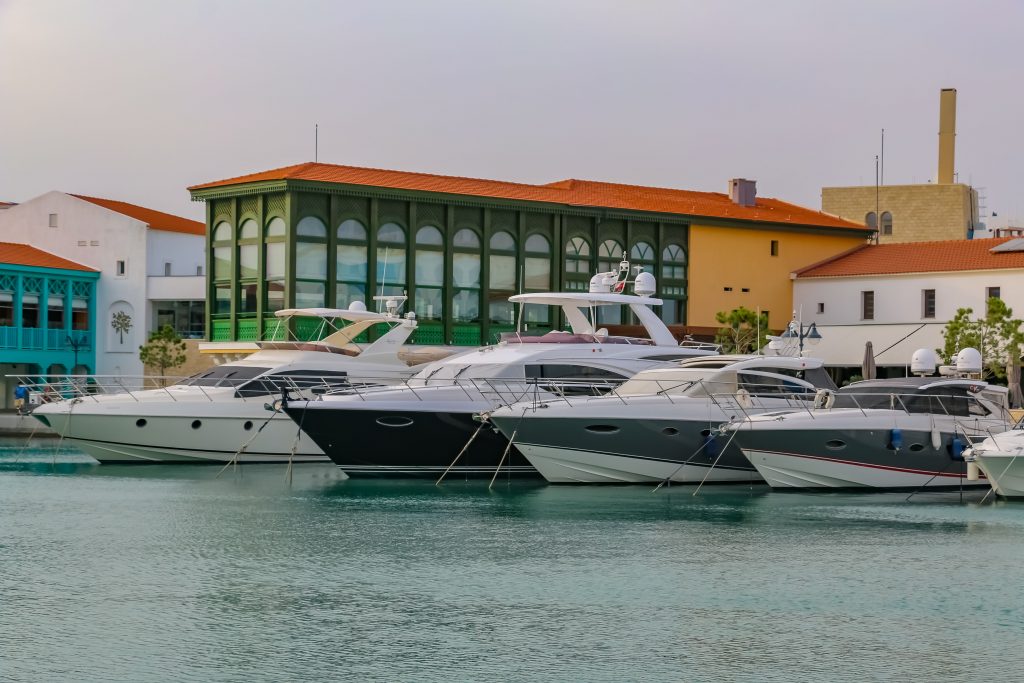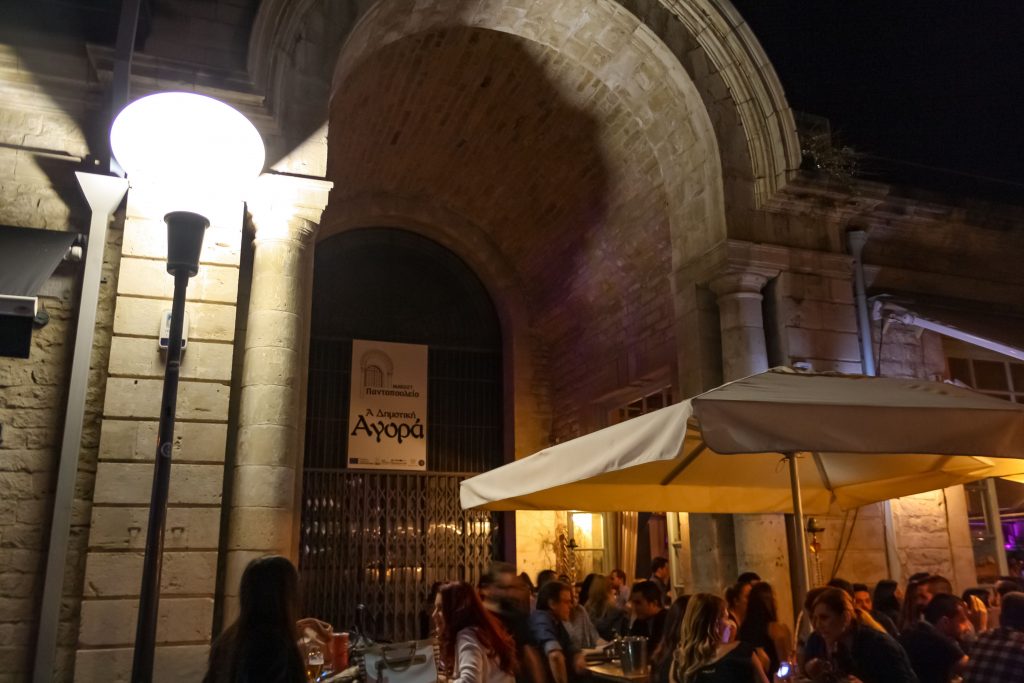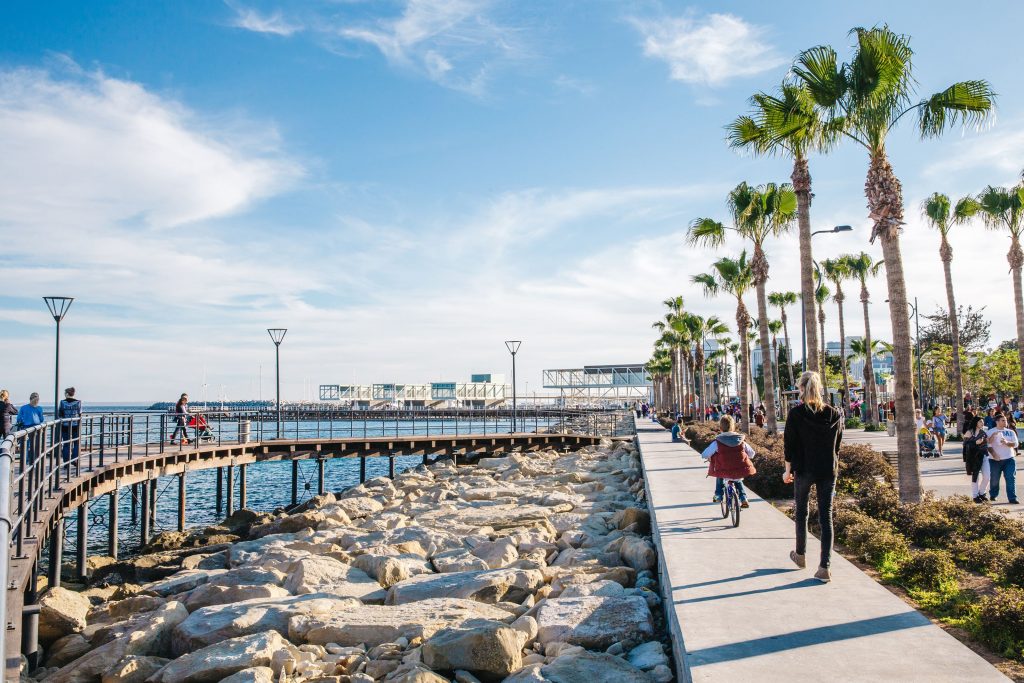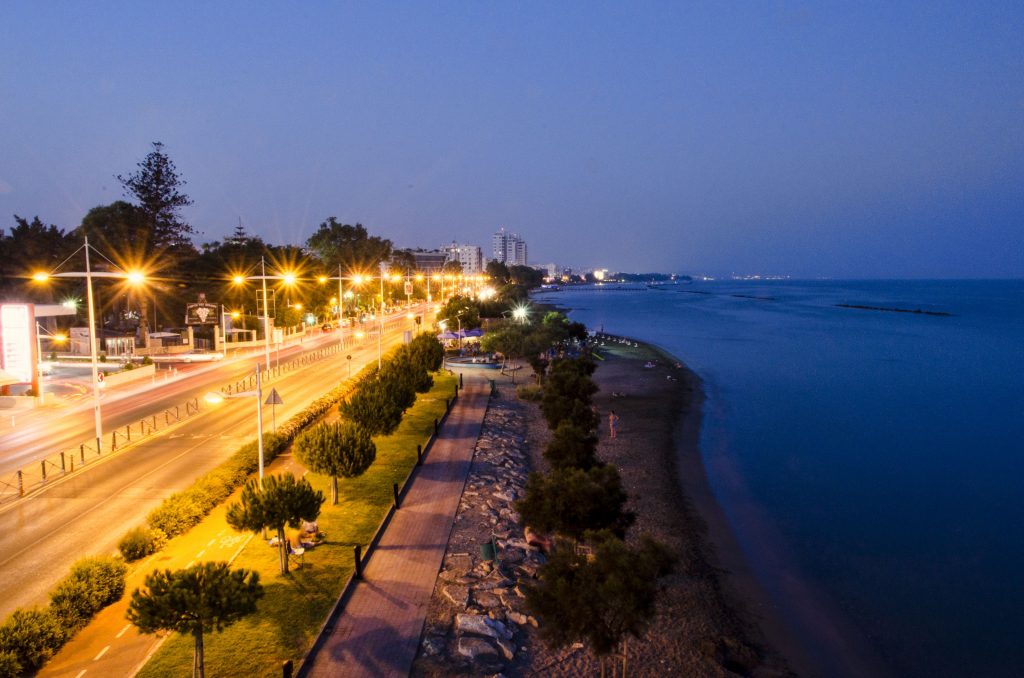Limassol
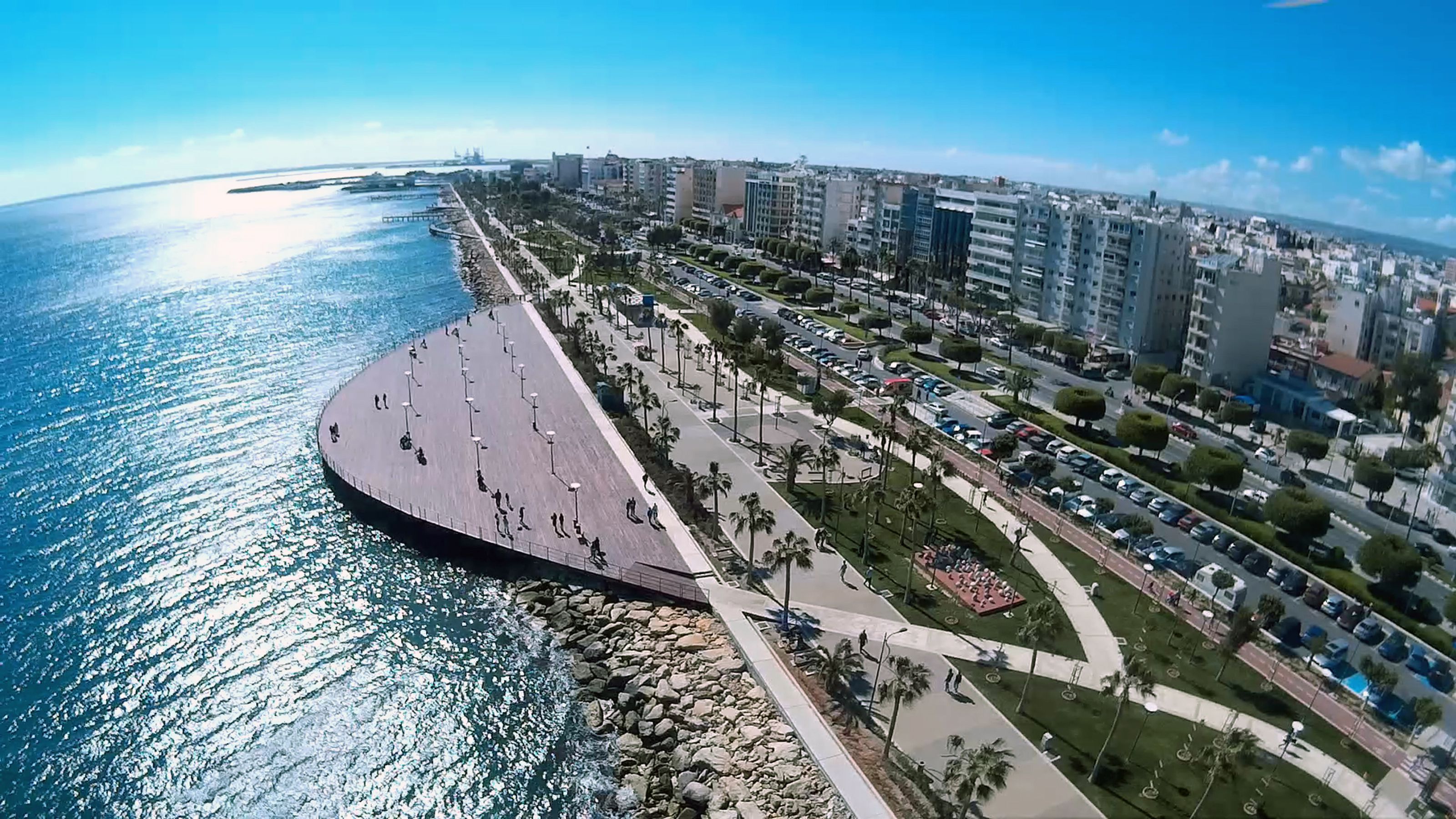
Limassol is the second largest city in Cyprus and the southern city of Europe, and is situated approximately 70 km from Larnaca and Paphos, and 85 km from the island’s capital, Nicosia.
Looking up, you see palm trees everywhere. Being the largest Cypriot center, Limassol creates the feeling of being connected with the whole world, although the city counts only the 161,000 residents and has 6 independent municipalities (Limassol, Agios Athanasios Lemesou, Polemidia, Mesa Gitonia, Yermasoyia and Ipsonas) . It is certainly different from the other cities of Cyprus. When hearing of Limassol, the name brings to mind a number of different elements – the modern embracing the tradition, and its history in a state of creative fermentation, making this city one of the most influential metropolises of Europe.
Built arround the Bay of Akrotiri of Limassol, where the British bases are located, Limassol extends to the east between the richest historical sites on the island of Aphrodite, the archaeological site of Amathus and Kourion (the Kouris river valley).
Although it is considered a relatively “young” city, Limassol has been inhabited since ancient times. In the early Byzantine times it was known by the name Neapolis (New City). Indeed, the ancient city of Amathus was called Old City in the Middle Ages, which confirms the original name and later the Crusaders established their headquarters at its western limits, at the famous castle Kolossi which was also the main core of Commandaria production, the oldest wine of the whole world. Also, the King of England Richard the Lionheart landed with his troops in Limassol (1191) and in 1291 the city was granted by the Frankish King Henry II to the Templars and Hospitallers Knights respectively, until 1426, when it was destroyed by the Saracens.
Today, Limassol is the industrial center of Cyprus, with hundreds of plants located there. Meanwhile, since the Turkish invasion of 1974 and after, it has grown into one of the most developed tourist resorts. Apart from a touristic center, Limassol has one of the largest and most important ports of Cyprus, after the one in Kyrenia, making the capital of the Limassol district the largest shipping management center in Europe, with more than 60 shipping giants and offshore companies having set up there their headquarters due to the favorable tax regime. With the old port in the south still preserved, the Limassol Marina reflects the evolution of the city, placing it solidly on the Mediterranean map of luxury destinations. In all the economic and commercial boom of the town in recent decades, however, it is important to acknowledge the contribution of the Russian-speaking community (about 50,000 thousand Russians have houses, have been naturalized or work in the second capital of Cyprus), which has become an integral part of the local community. Simultaneously, Limassol is the capital city of the wine of the island and seat of the major wine producing companies.
The vast and endless sea in Limassol on the other hand, has definitely shaped the city’s character. The heart of the city naturally beats in the upscale beachfront, 16 kilometers of coastline, including a huge pedestrian area with sculptures, a modern bicycle route, organized beaches, cafes, restaurants, clubs, and luxury hotels. The multifunctional park (next to the city center) provides playgrounds, a skating track, a picnic area and an environment generally ideal to take endless walks for both the young and old residents of the city. Within walking distance from the coastal zone is situated the Catholic Church of Agia Ekaterini (St. Catherine).
You may certainly consider Limassol as the city of fun and entertainment, but it also offers countless options for guests who want to experience local culture, with a wealth of attractions that are scattered from one end of the city to the other. A reference point in the old city, which begins from the streets next to the old fishing harbor and stretches to the east, are the narrow alleys that lead to the Municipal Market of Limassol. The Saripolou street stands out for its night life and the hallmark of the historic center is the Limassol Castle, in the chapel of which was actually celebrated the marriage of Richard the Lionheart with Berengaria of Navarre. Inside the castle operates the Medieval Museum of Cyprus with exhibits from the social and religious life of the island from the 3rd to the 18th century. The surrounding area is pedestrianized and there are many restaurants, bars and exhibition spaces, such as the Carob Mill Museum of Lanitis, housed within one of the largest protected industrial buildings on the island. Nearby is the Kepir Mosque (or Great Mosque), built of hewn stone in 1829-1830 on top of other churches, being today the pilgrimage site for the Muslims of free Cyprus, just like the Hala Sultan Tekke in Larnaca and the Omeriye mosque in Nicosia. Passing through the shopping streets of Agios Andreas, in the heart of the residential and commercial area of the city, in a place where history is evident through the architecture of the baroque and Ottoman buildings, you will find the central church of Agia Napa (Saint Napa) of Limassol, as well as the church of Panagia (Virgin Mary) Pantanassa, one of the most important churches in the region. Opposite the church of Agios Antonios (Saint Anthony) of Limassol, in the former Turkish quarter, is the Mosque Tzetit, with both buildings being essentially a living proof of the peaceful coexistence between Turkish and Greek Cypriots in the past. Other attractions in the region are the water tower of Limassol, one of the few monuments of engineering in Cyprus, and the church of Agia Triada (Holy Trinity) of Limassol, one of the most historic churches in the area.
Continuing our tour around Limassol, you can visit the Pattichion Municipal Museum – Historical Archive and Research Centre in the former residence of the prefect, with the best organized archive on the island, old photographs and historical carnival costumes. The Theatre Museum of Cyprus, in the Cultural Center “Panos Solomonides” is one of the most original and stylish Museums on the island. Other cultural gems of the city are the Archaeological Museum of Limassol, Municipal Folk Art Museum of Limassol, the Art Gallery of Limassol with paintings, pottery, sculptures and mixed materials’ constructions, and the Ploumisto Psomi exhibiting decorated loafs of bread, for the dissemination of cultural heritage and bread culture. The Museum Grivas Digenis with an underground hideout and the hero’s tomb hosts exhibits and personal belongings of the EOKA leader, while the Water Museum, the first of its kind on the island, is located just outside the center.
With two large theaters, the Pattichion Municipal Theater and Rialto, Limassol also has a Public Library, all sorts of shops and mall, the municipal Garden and amphitheater, where is also housed the homonymous zoo. The city is also the seat of the Cyprus University of Technology (CUT).
In Limassol are organized various events, with the most famous being the celebration of wine regularly organized since 1961 every September, the Carnival of Limassol and Lemesia which are ideal occasions for another visit to the city. There also take place worldwide events such as the International Regatta of Cyprus, the Mountain Bike Cup, the Rally of Cyprus and the only Marathon that takes place next to the sea. In recent years, Limassol has become one of the most cosmopolitan destinations and has nothing to be jealous of from other European destinations, and in addition, the combination of sea and mountain, and the mild climatic conditions make it a year round destination site.

